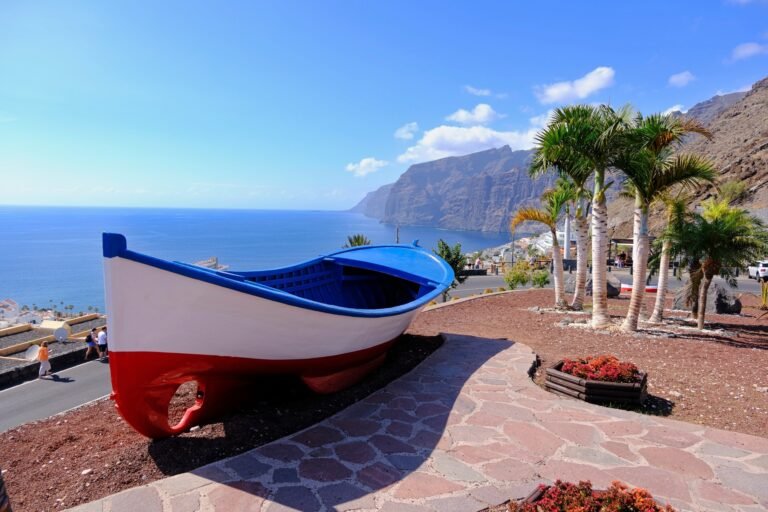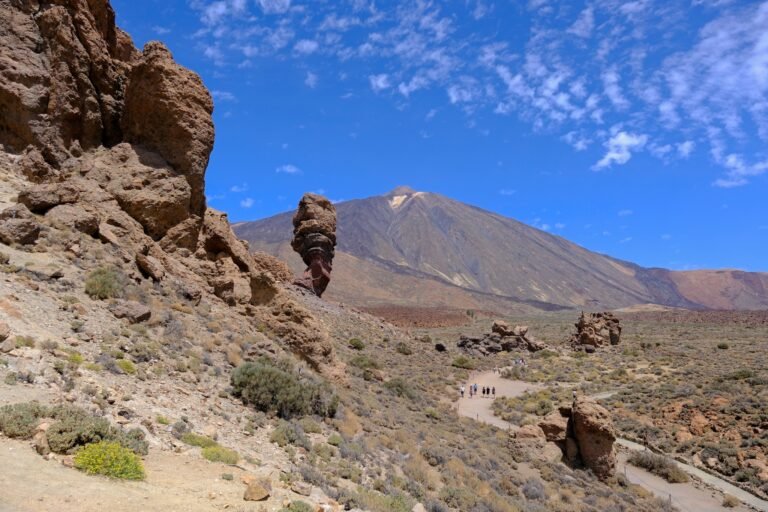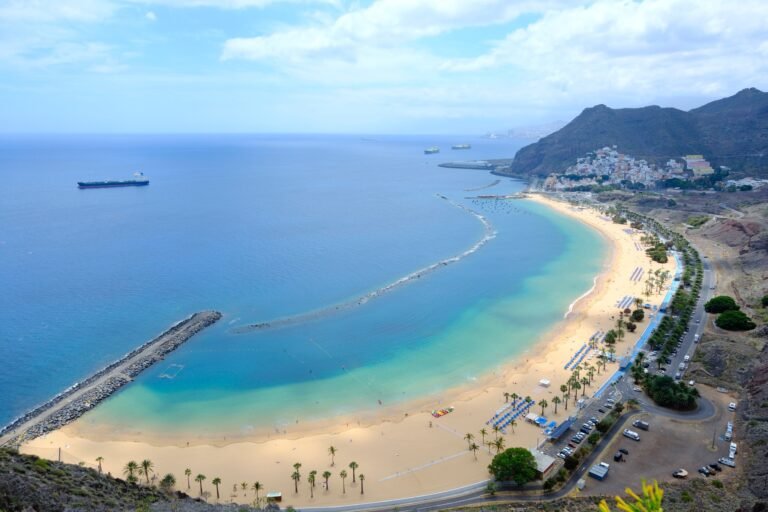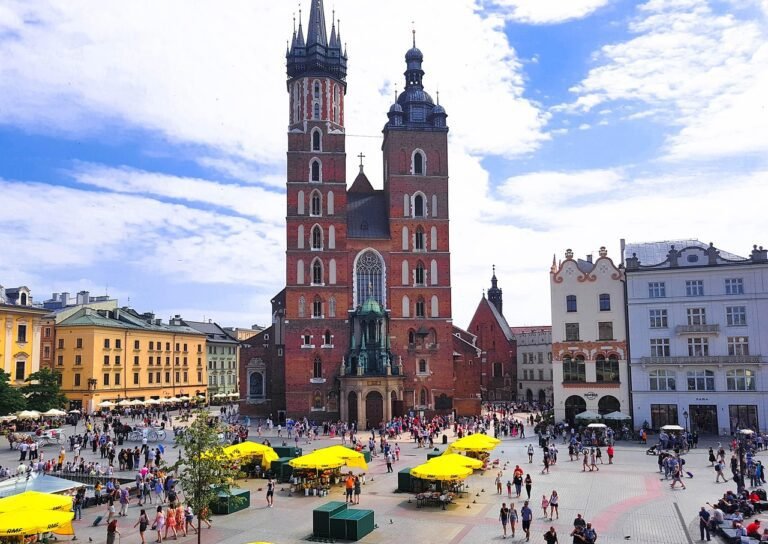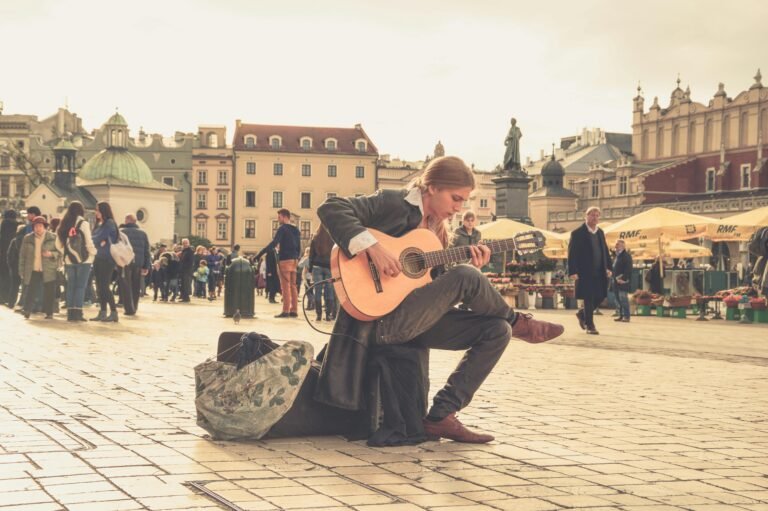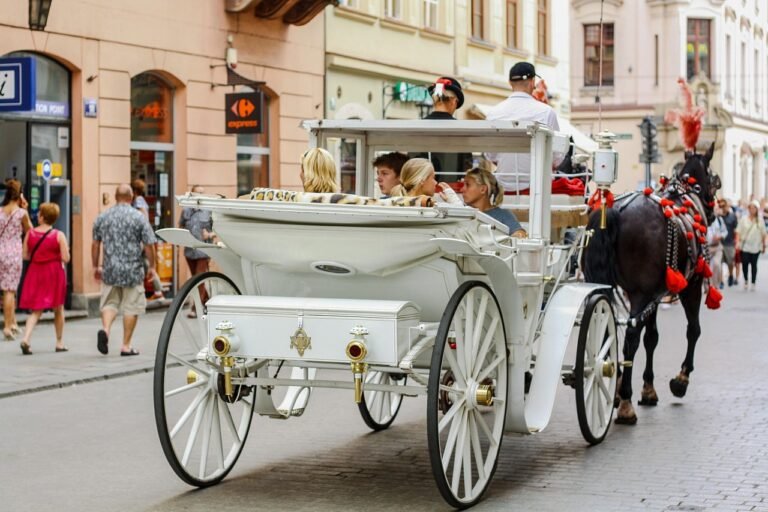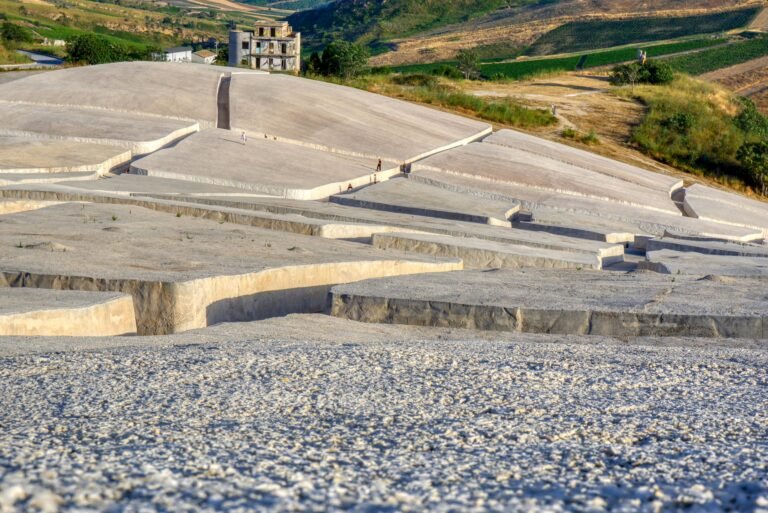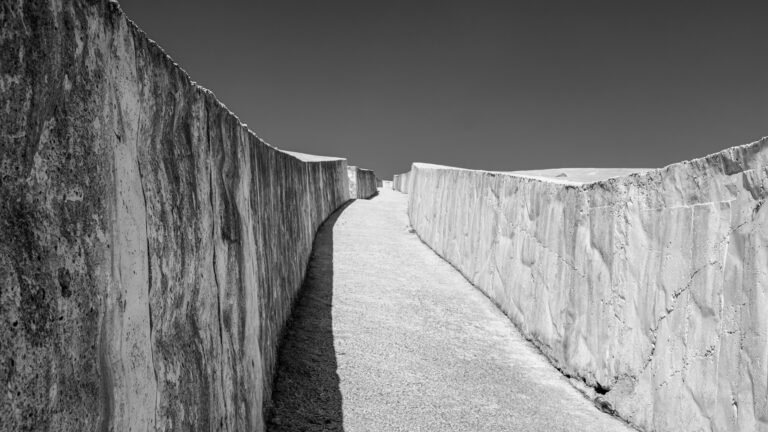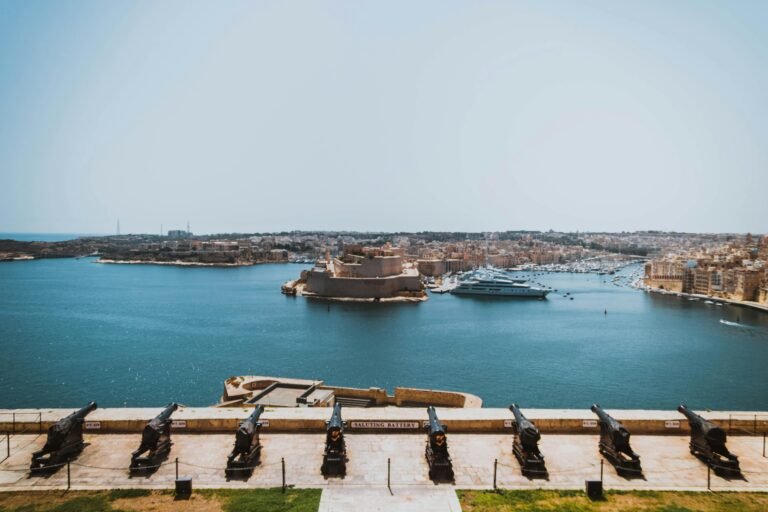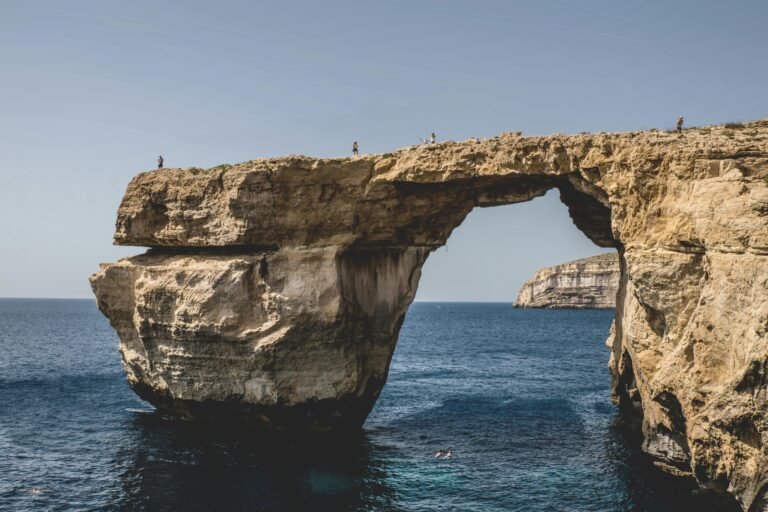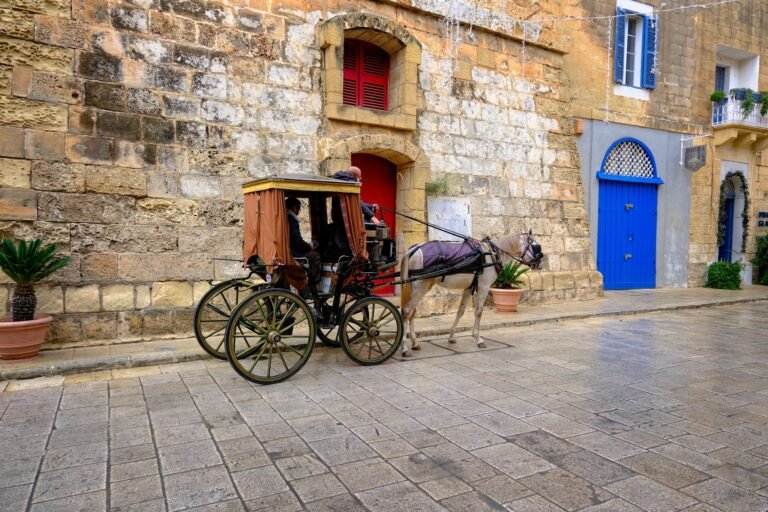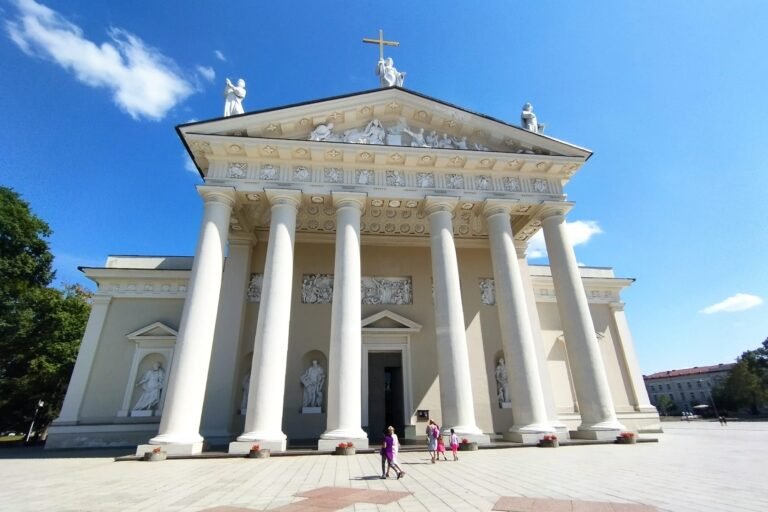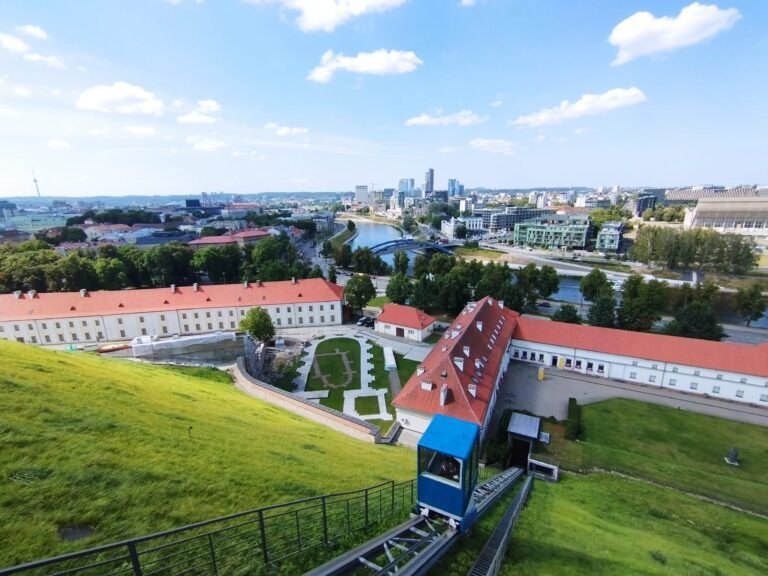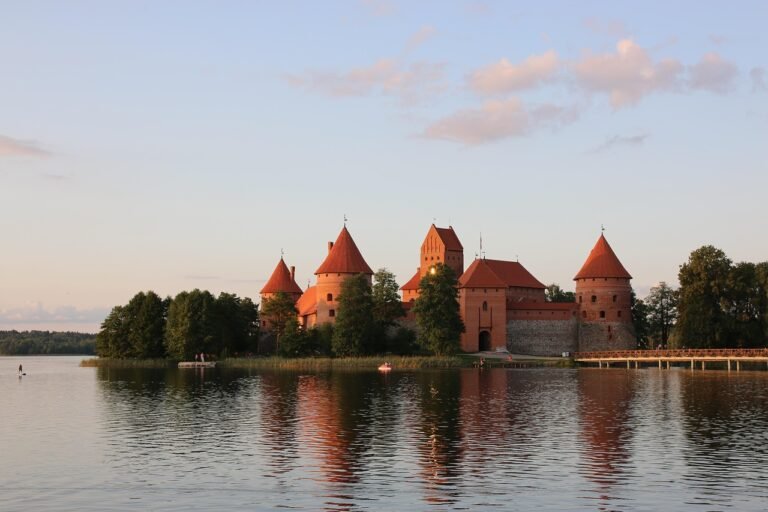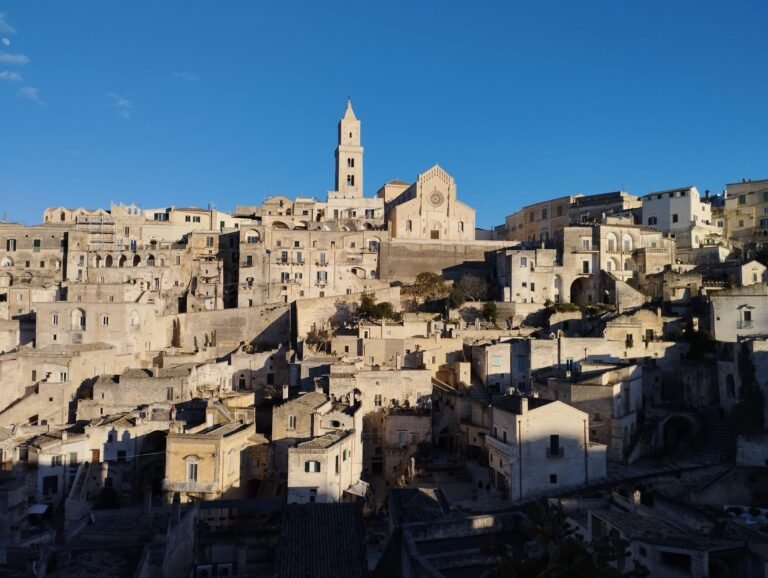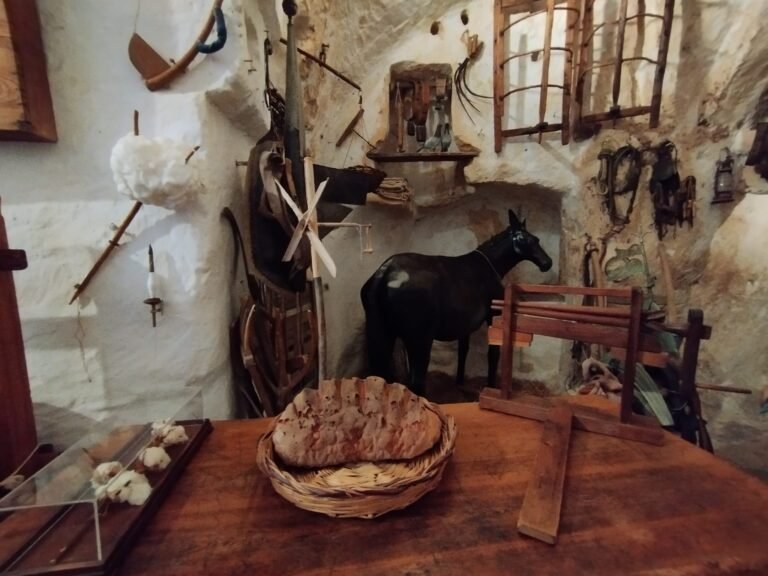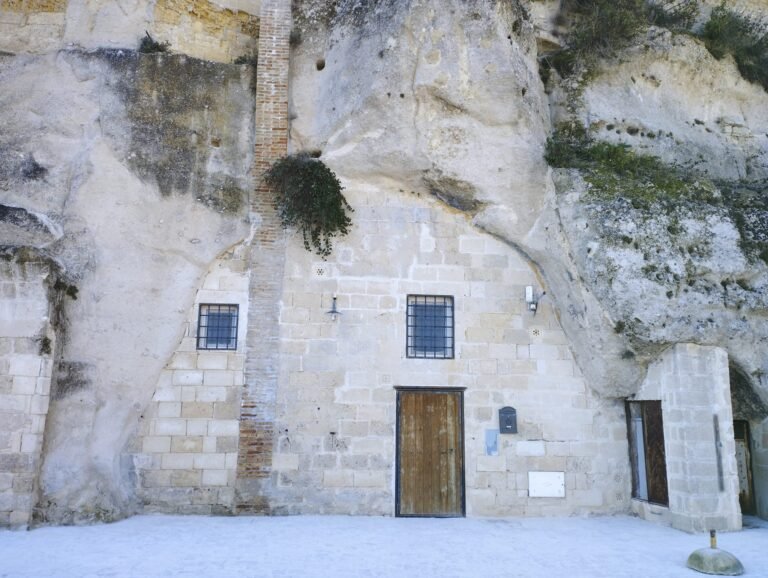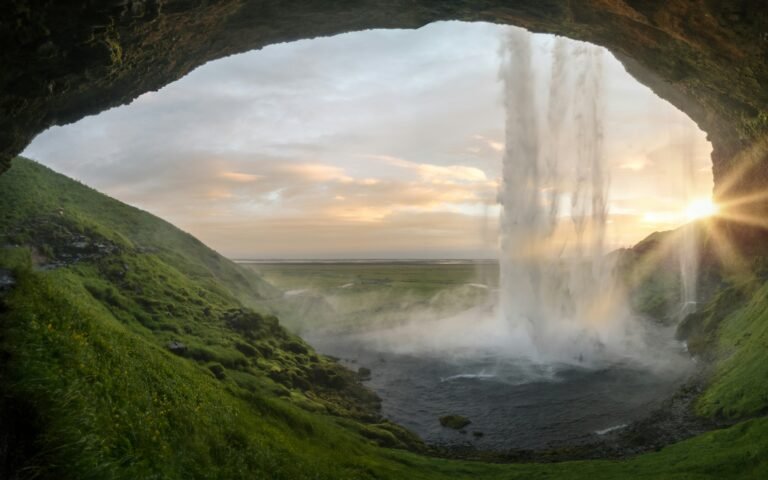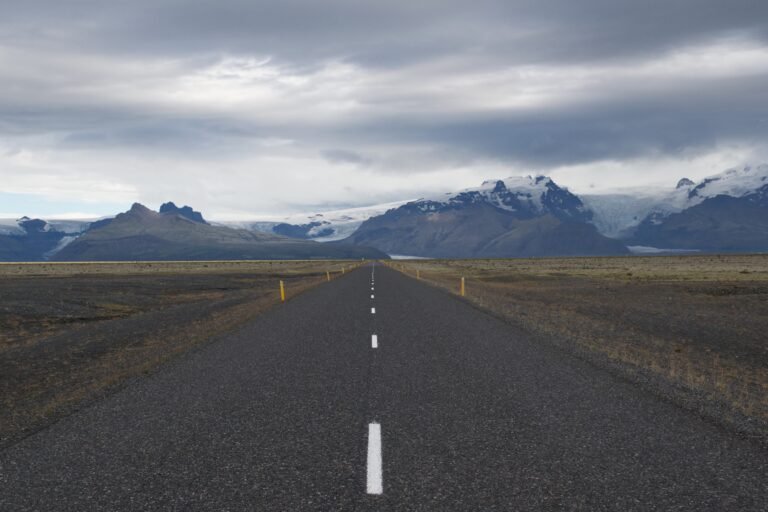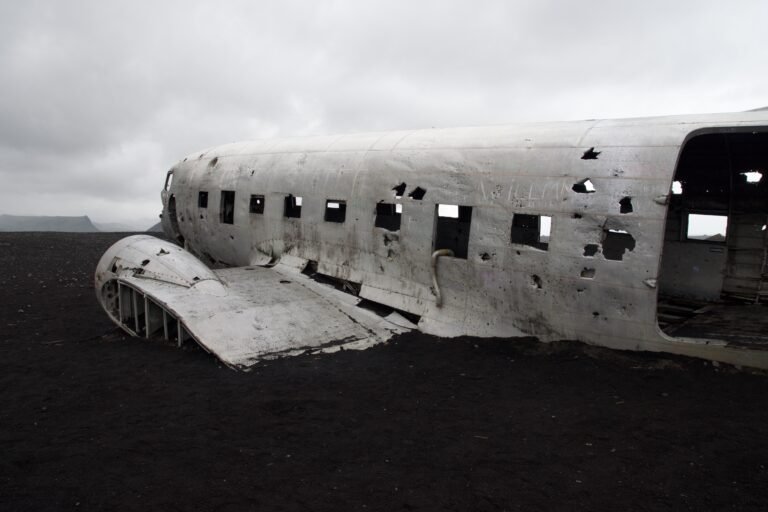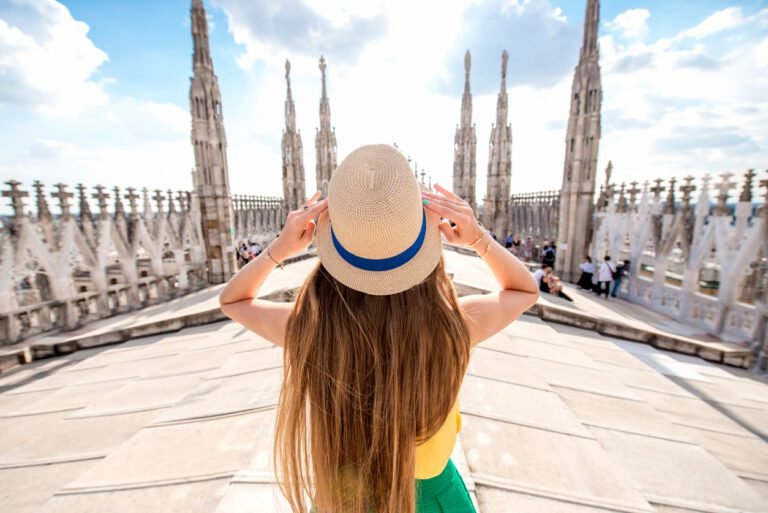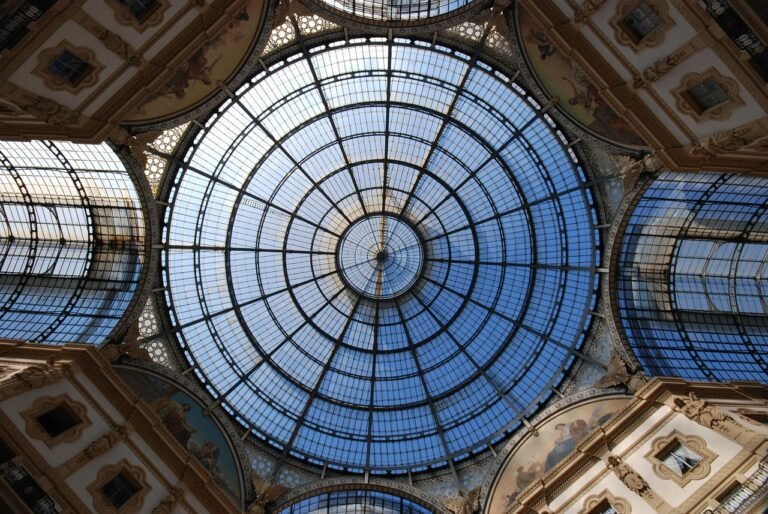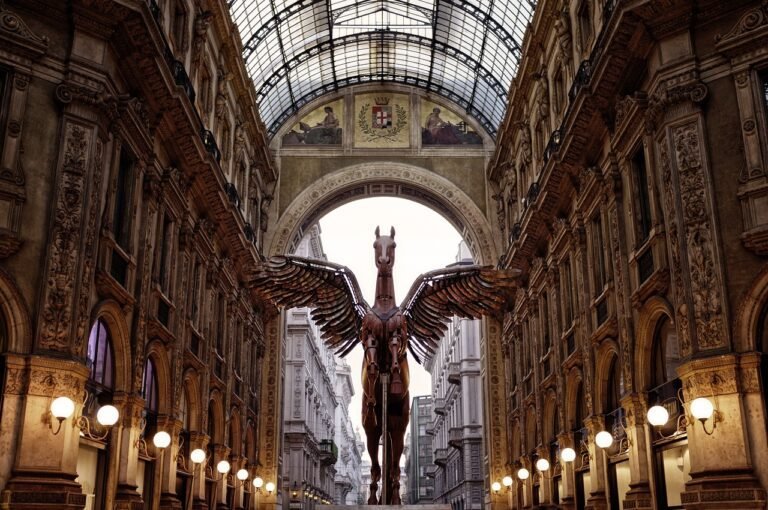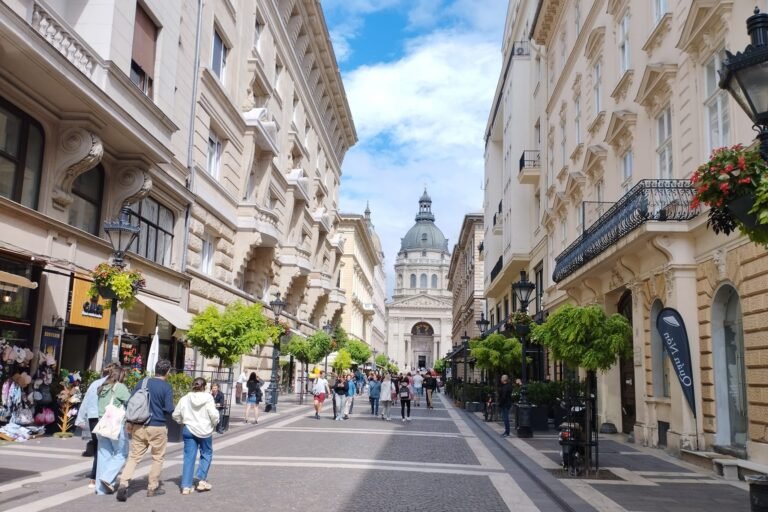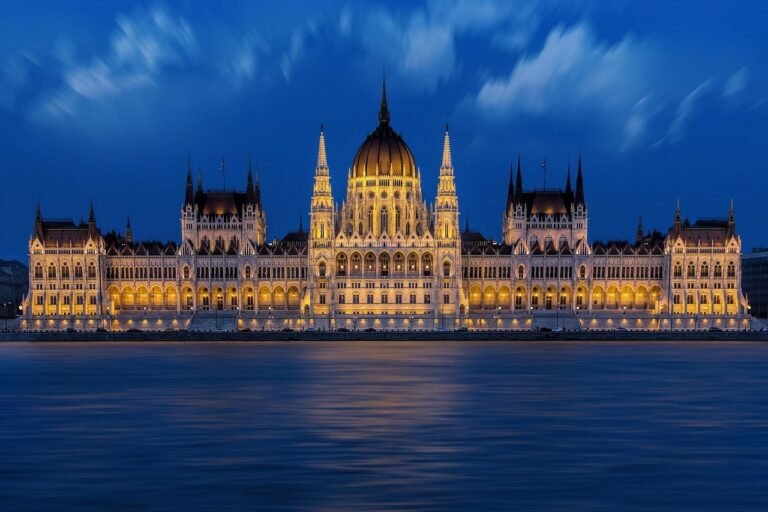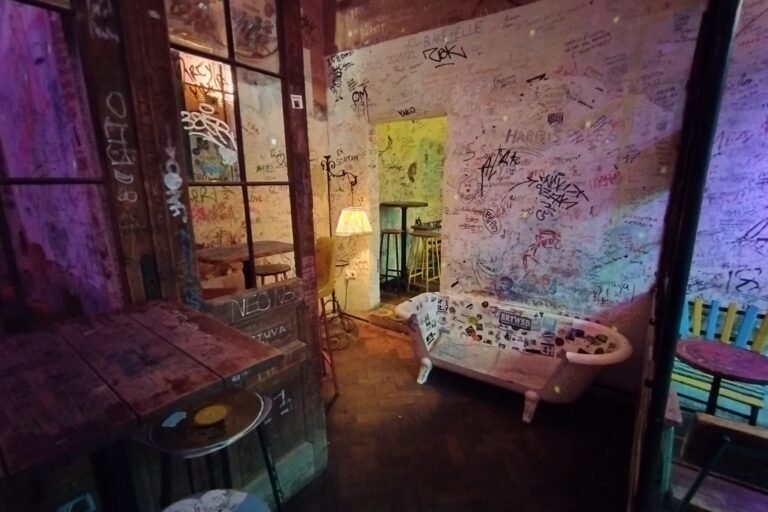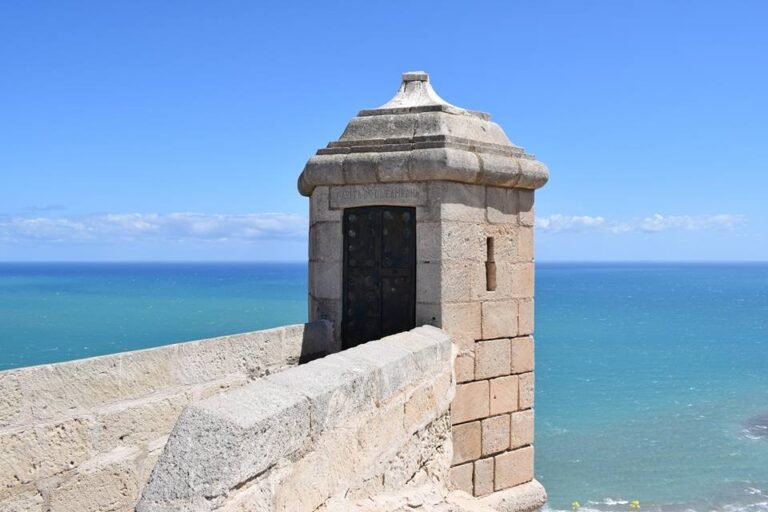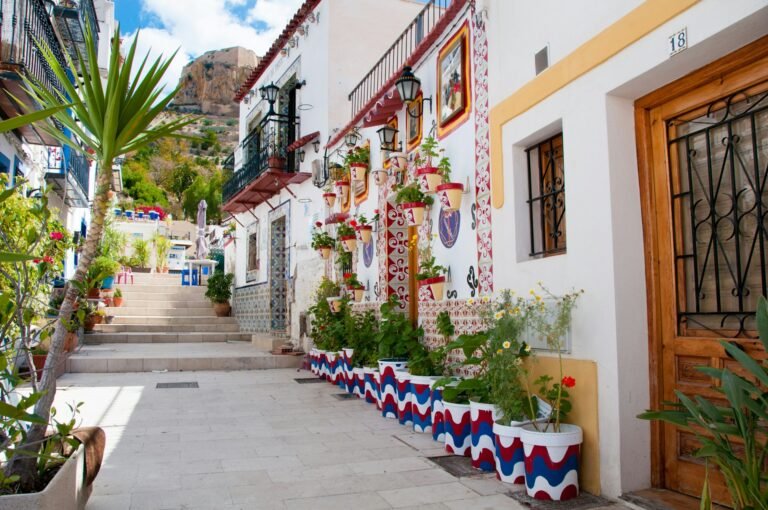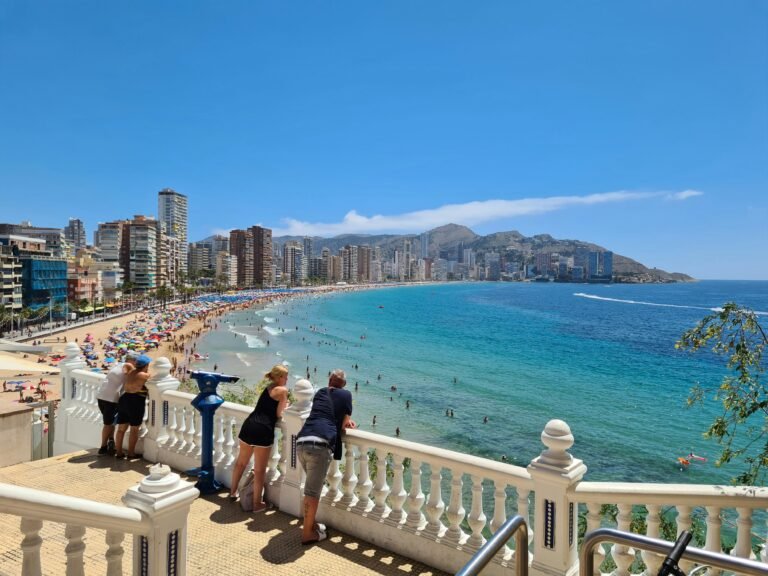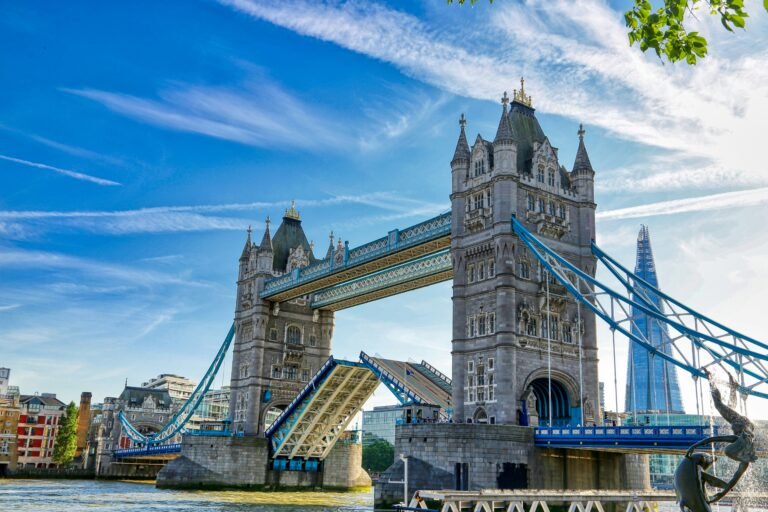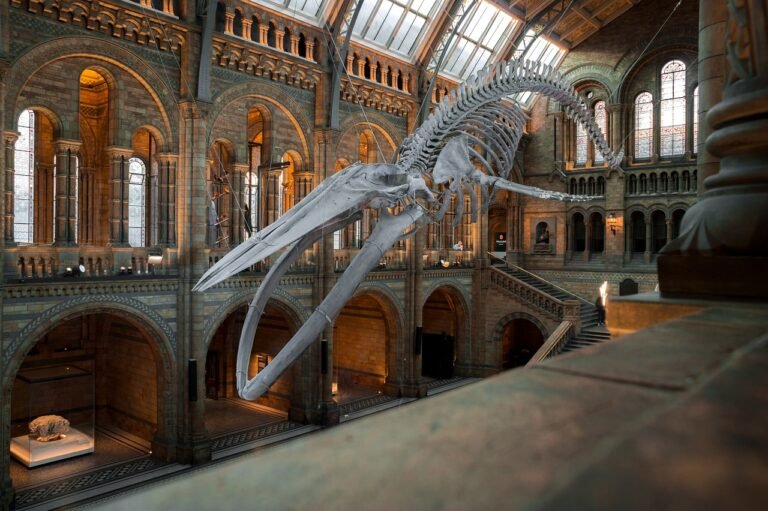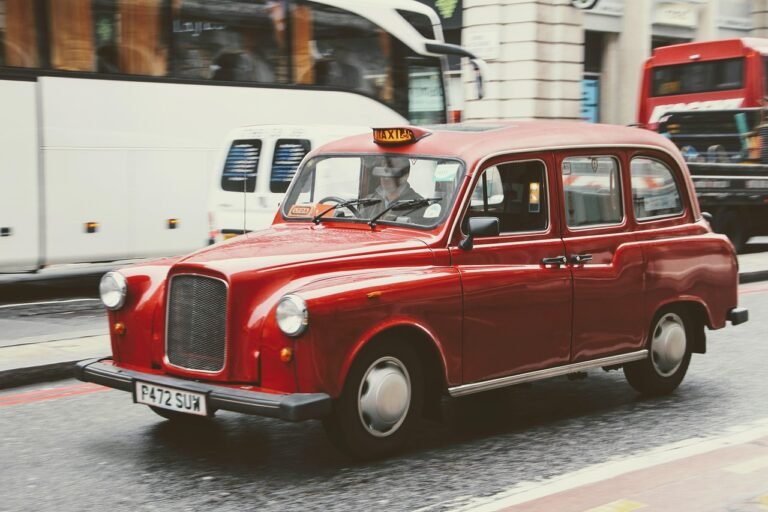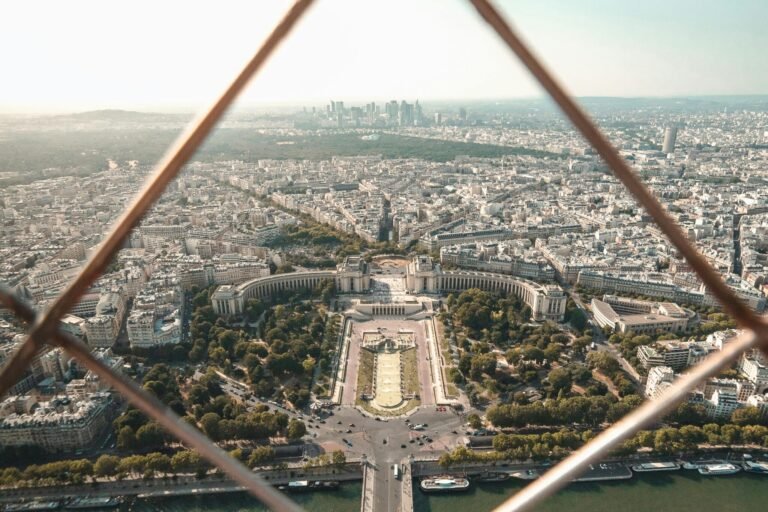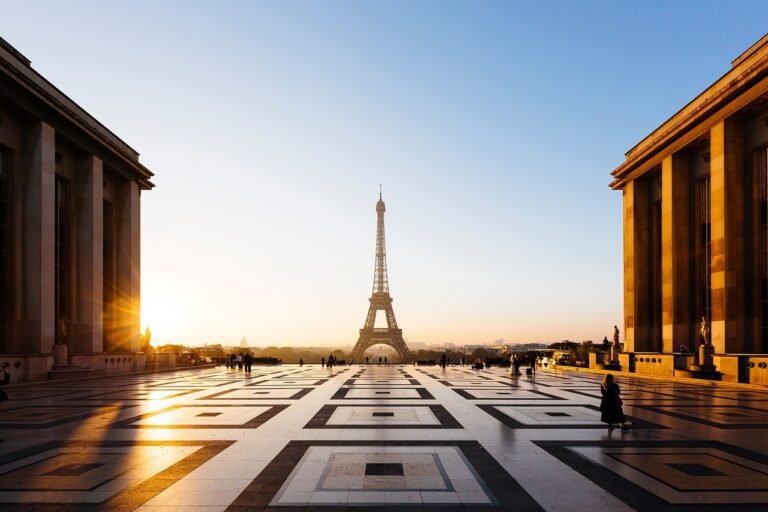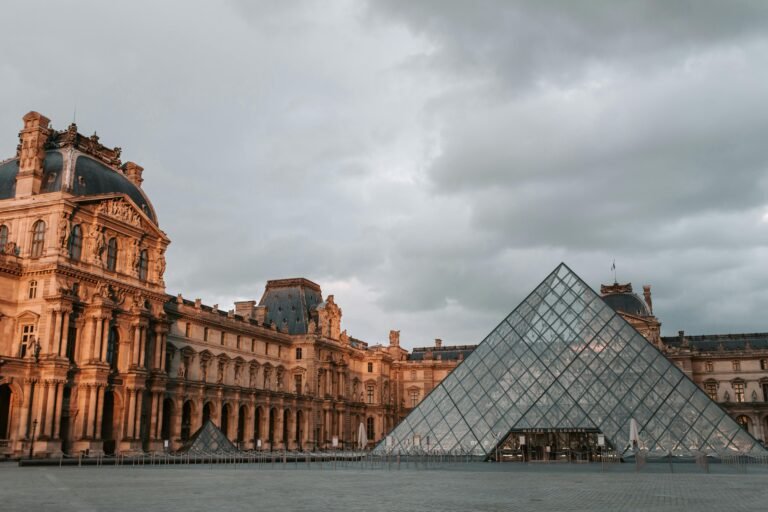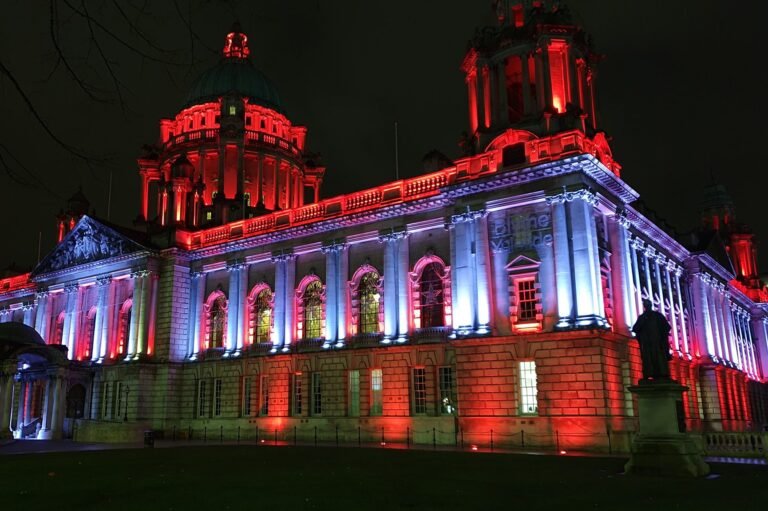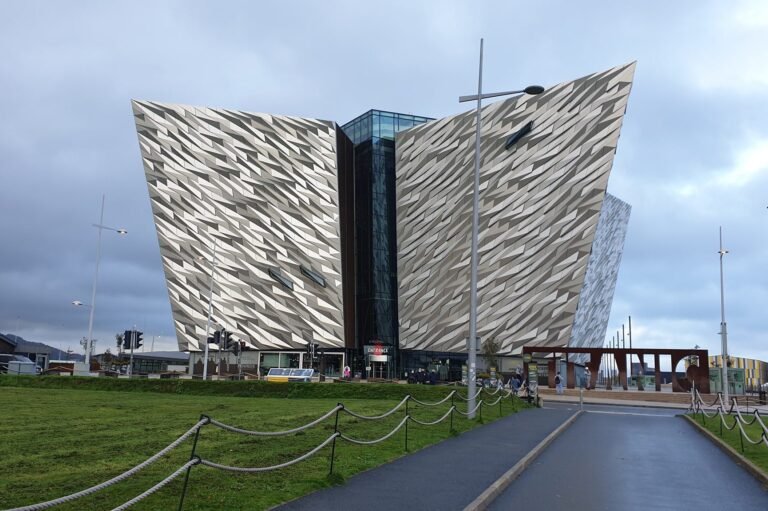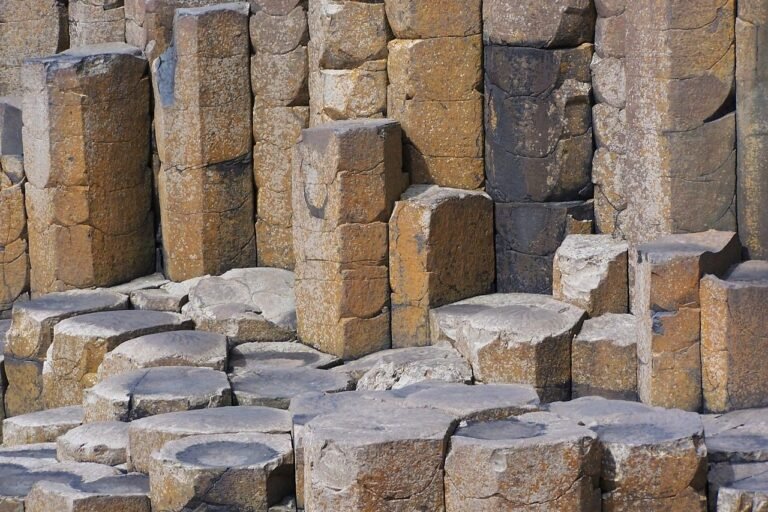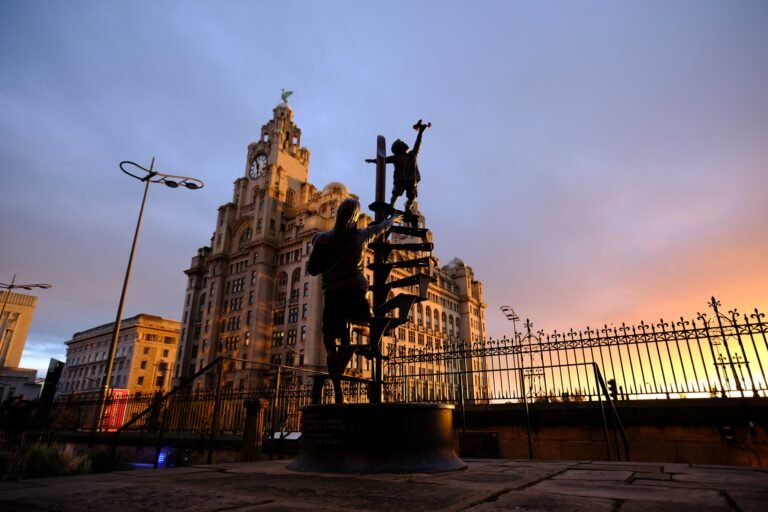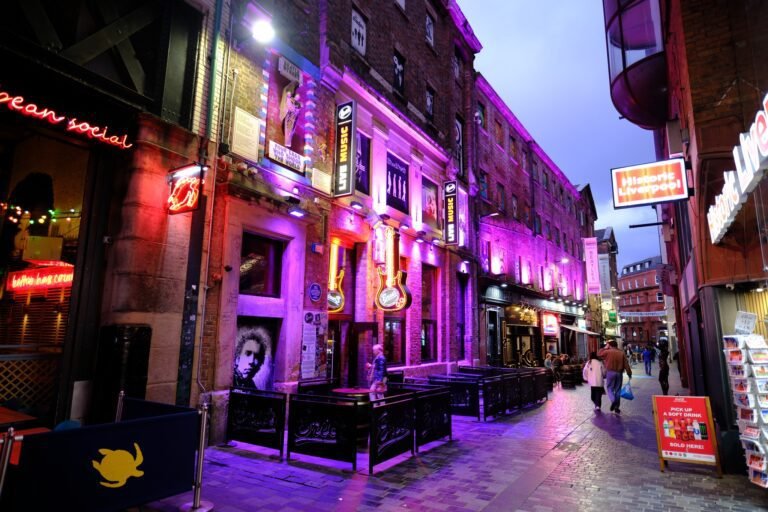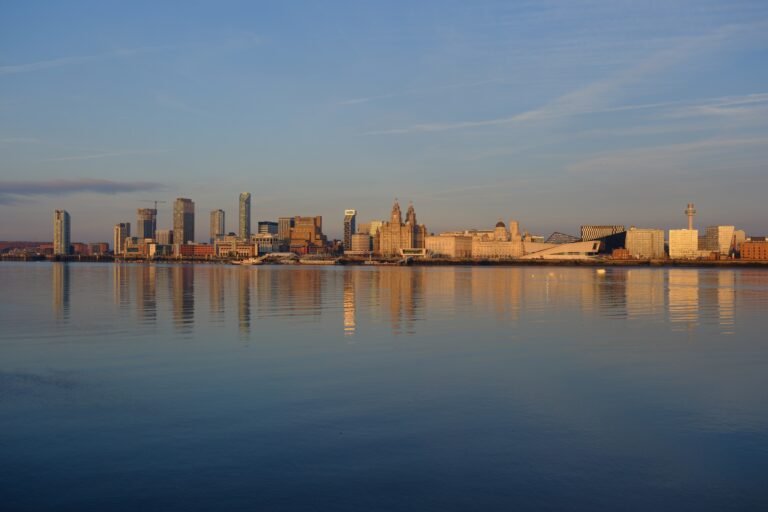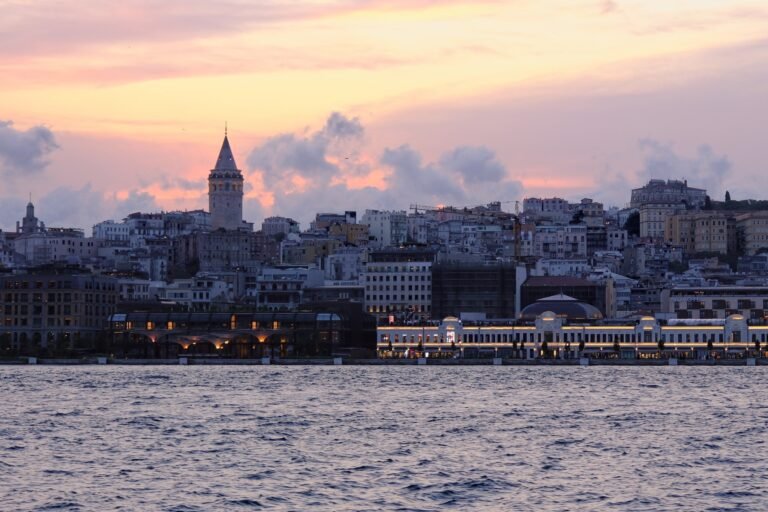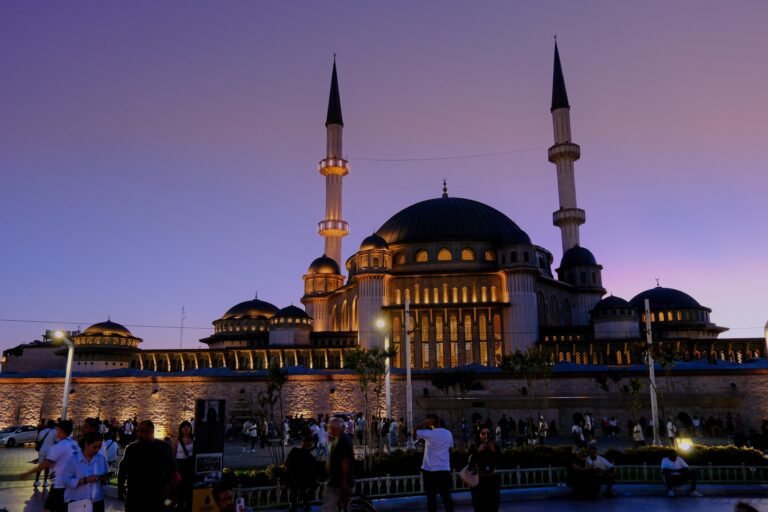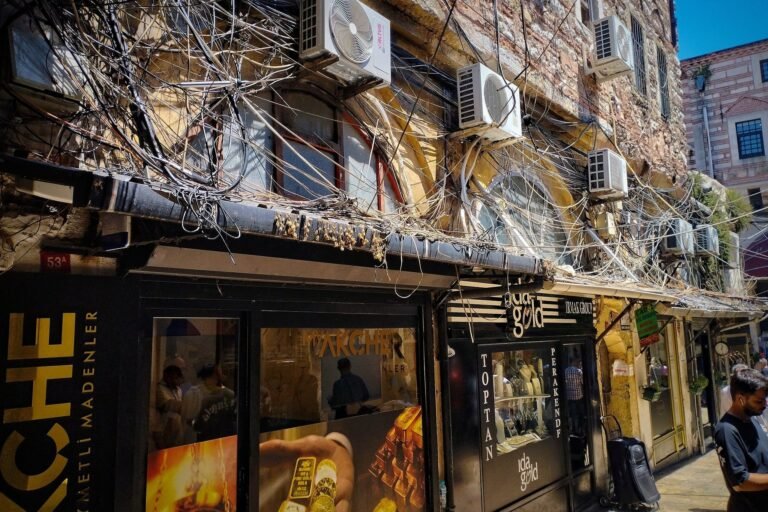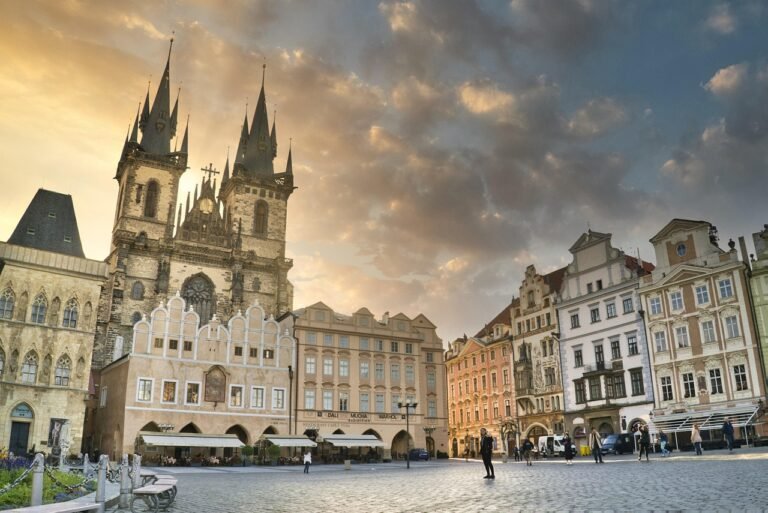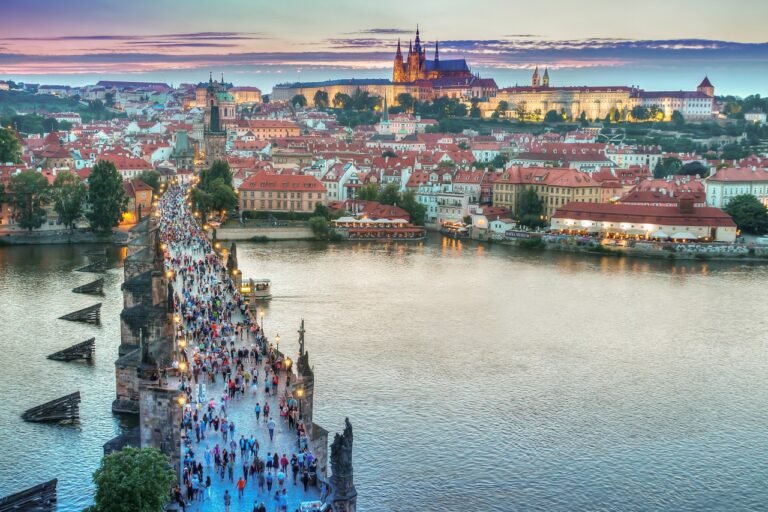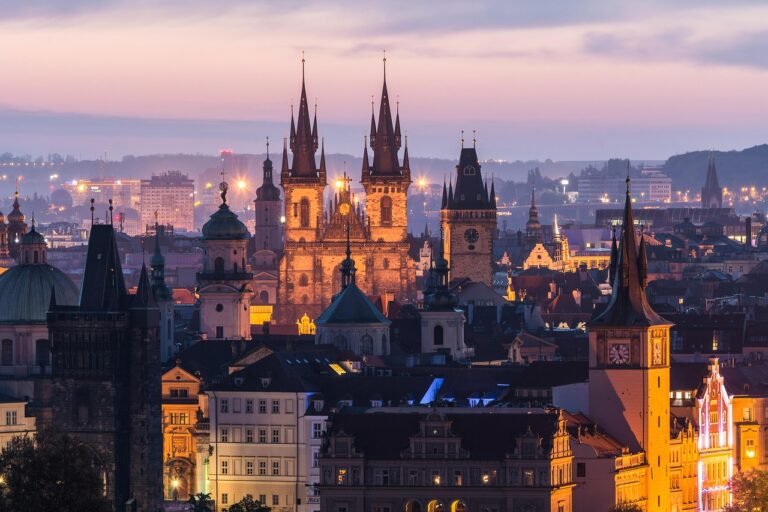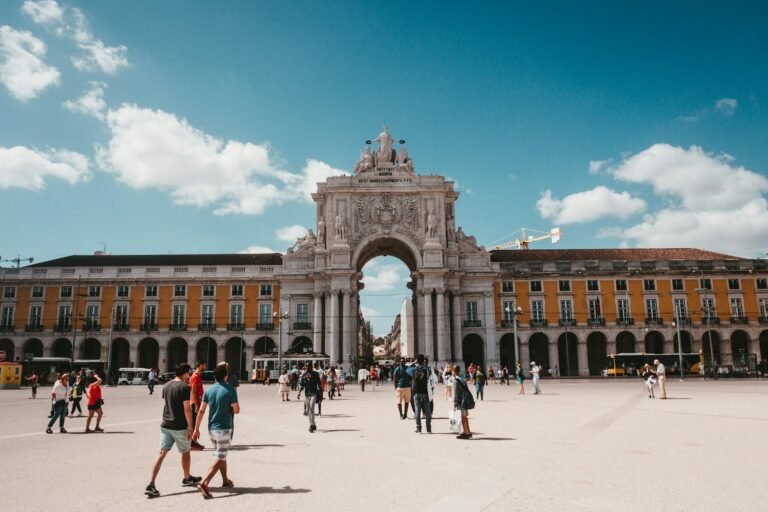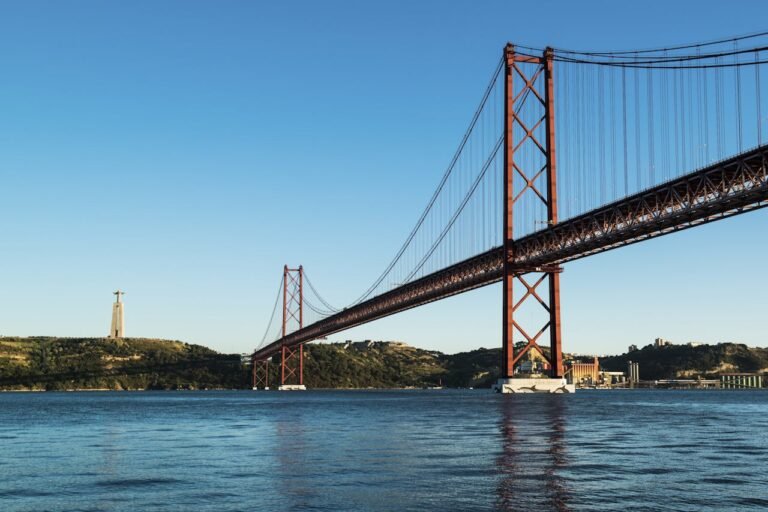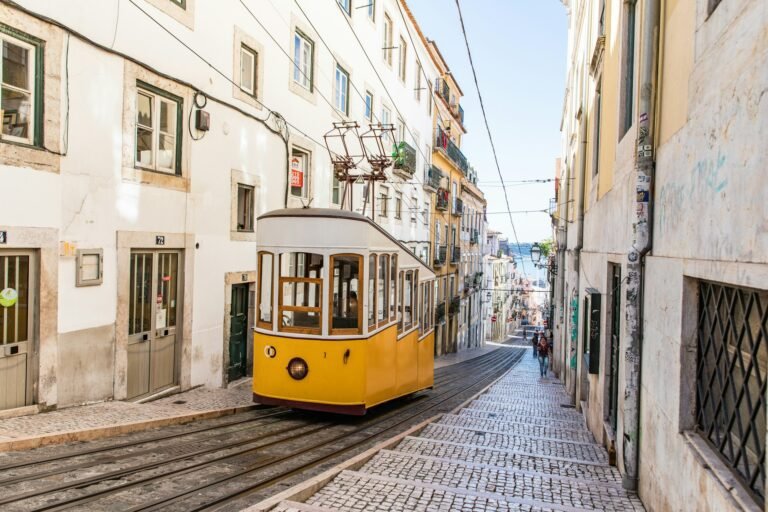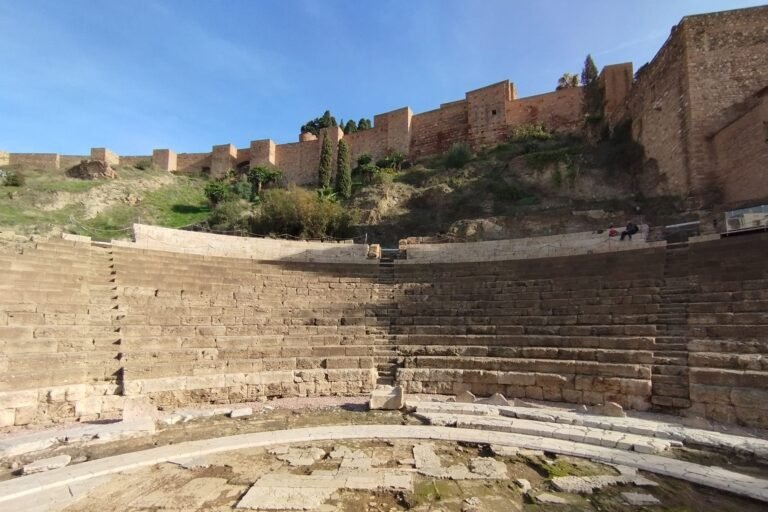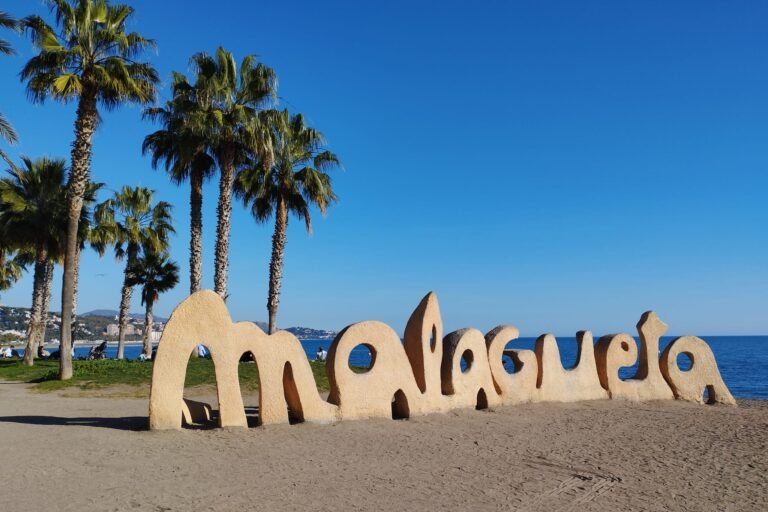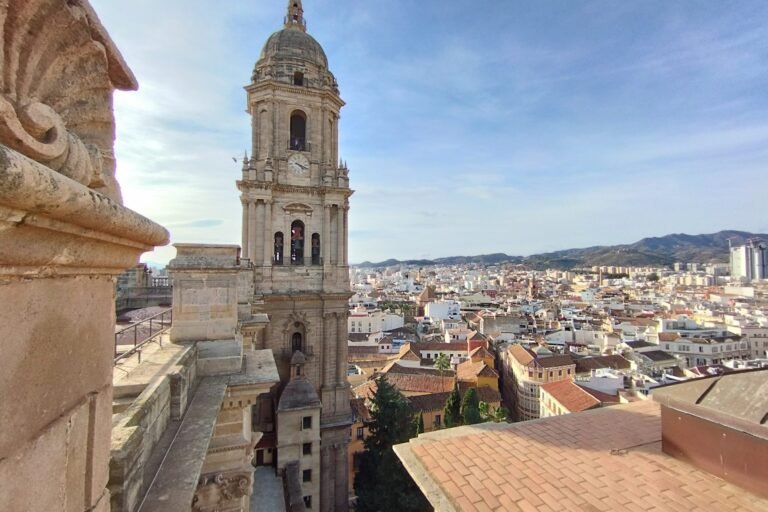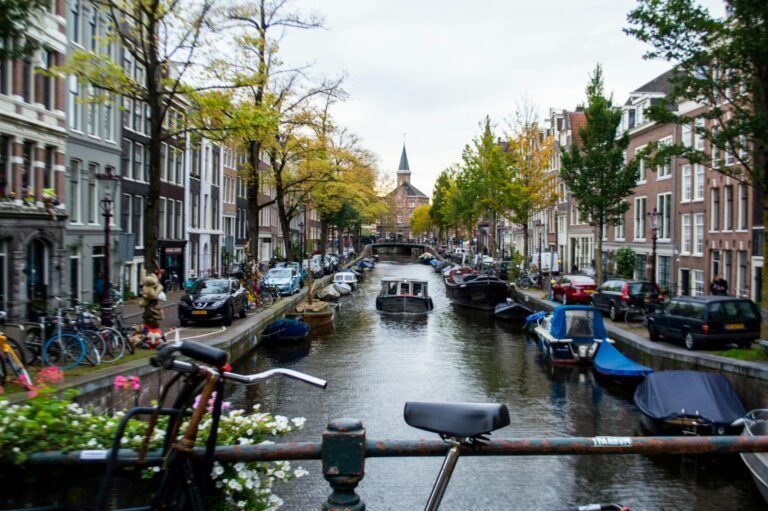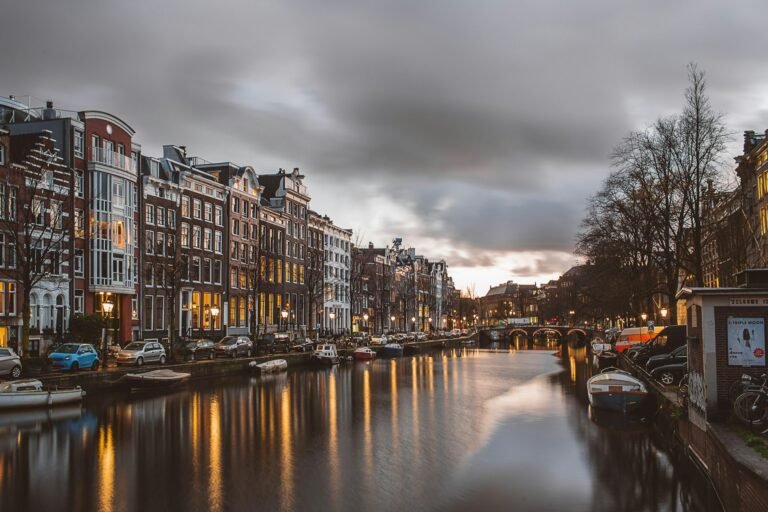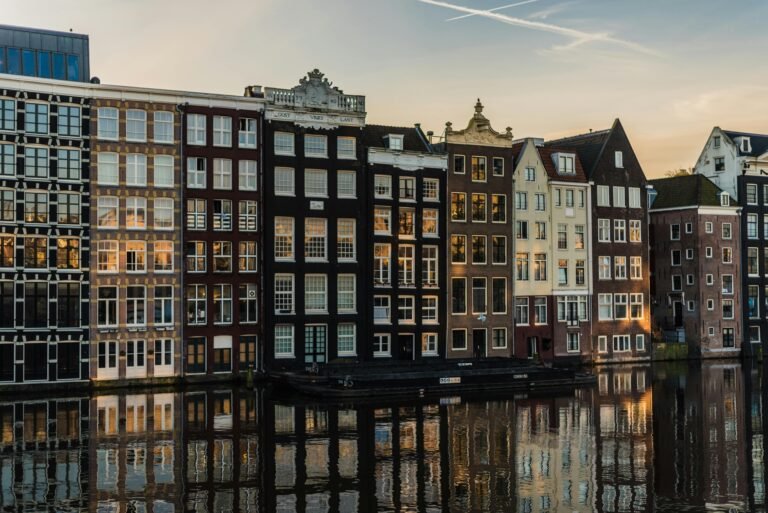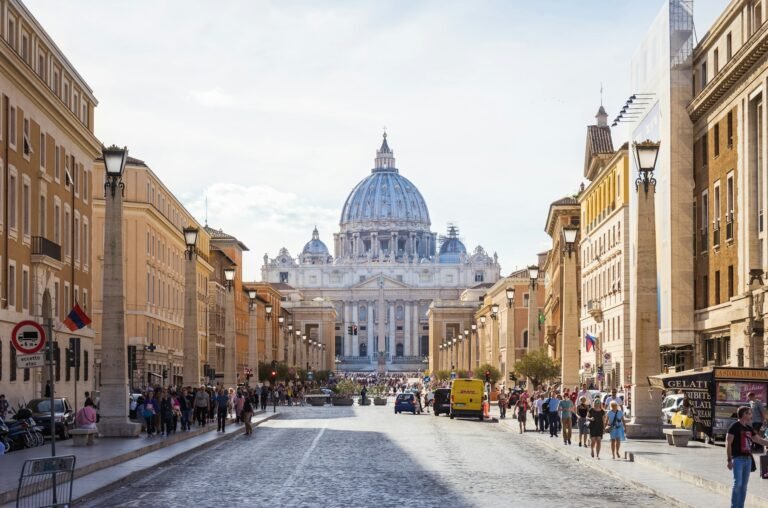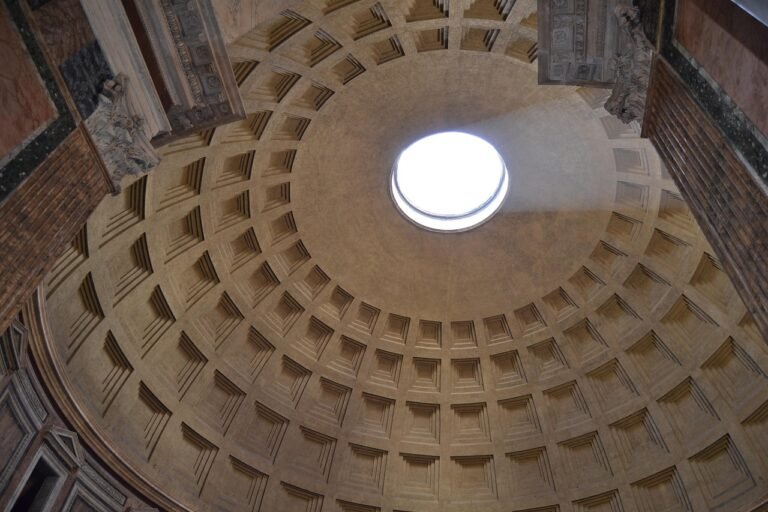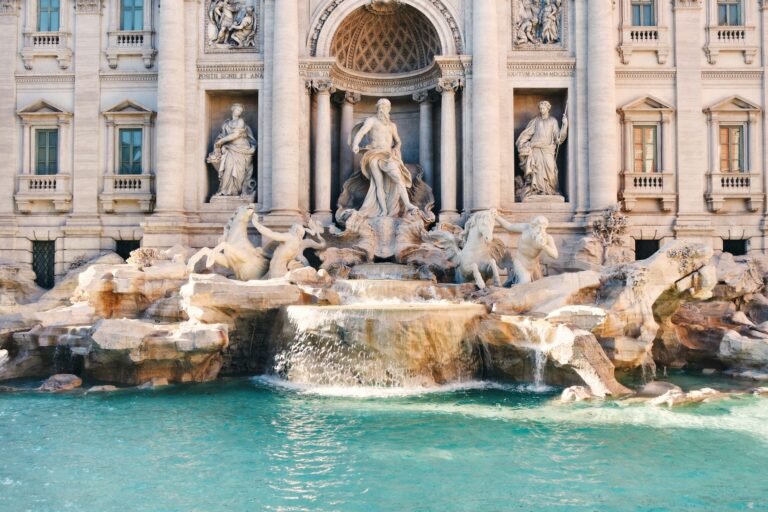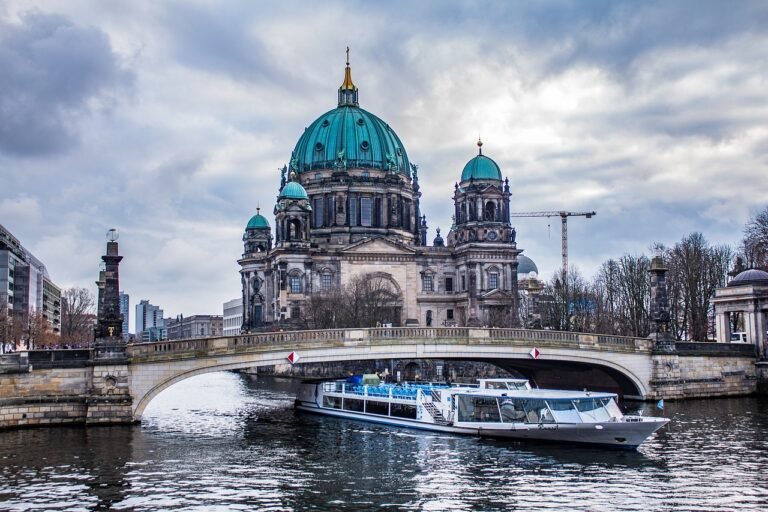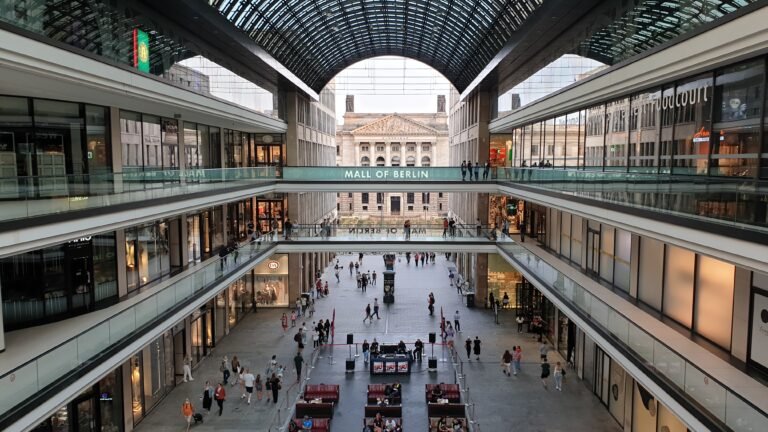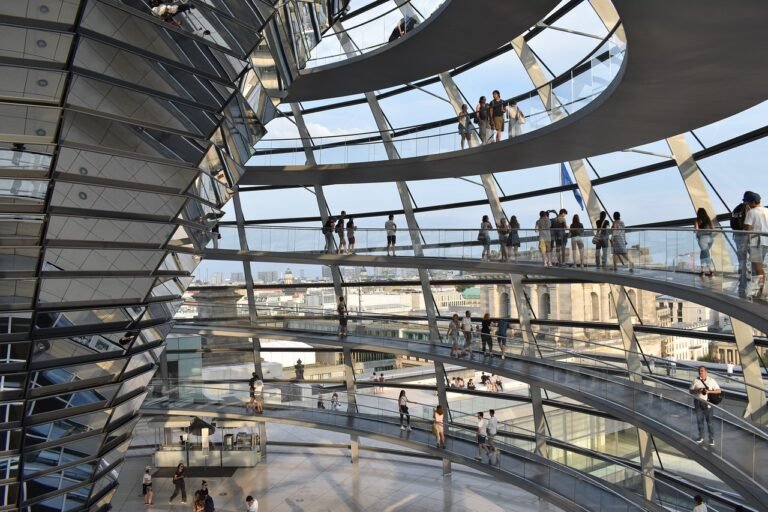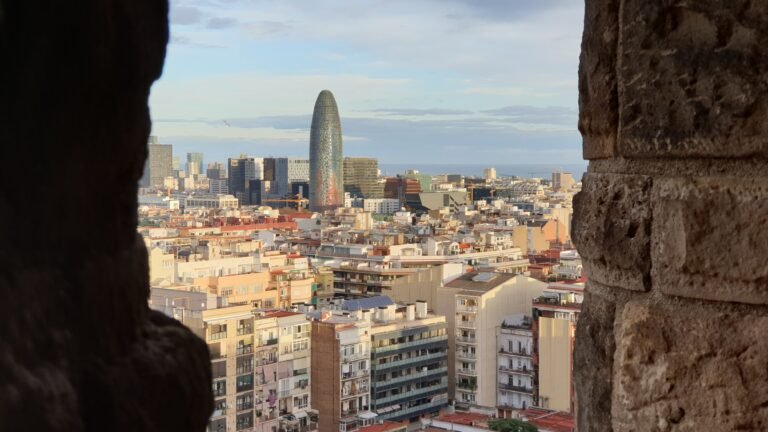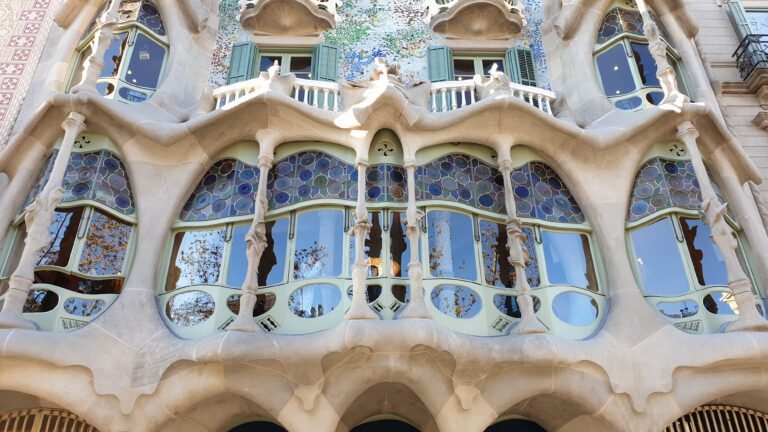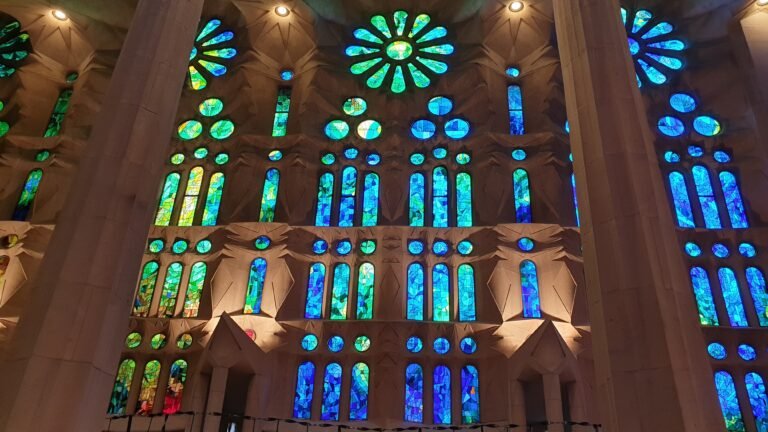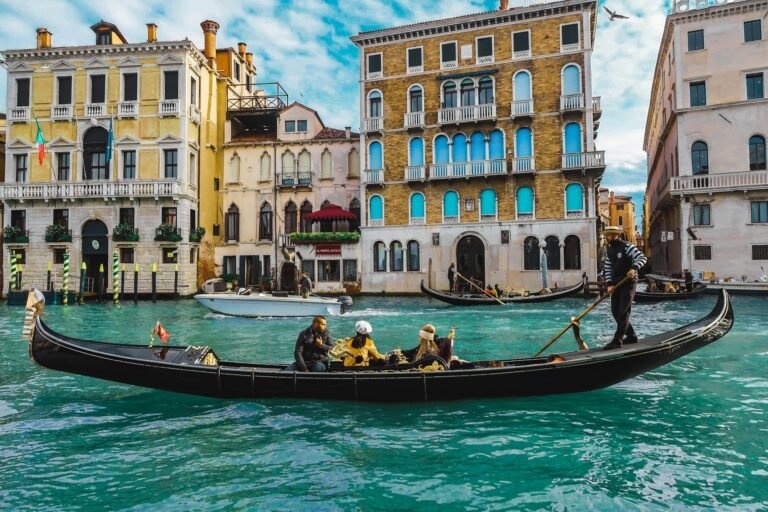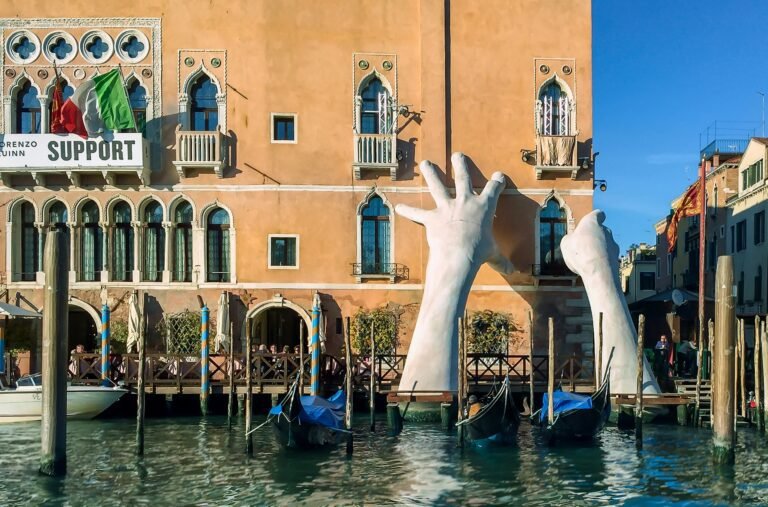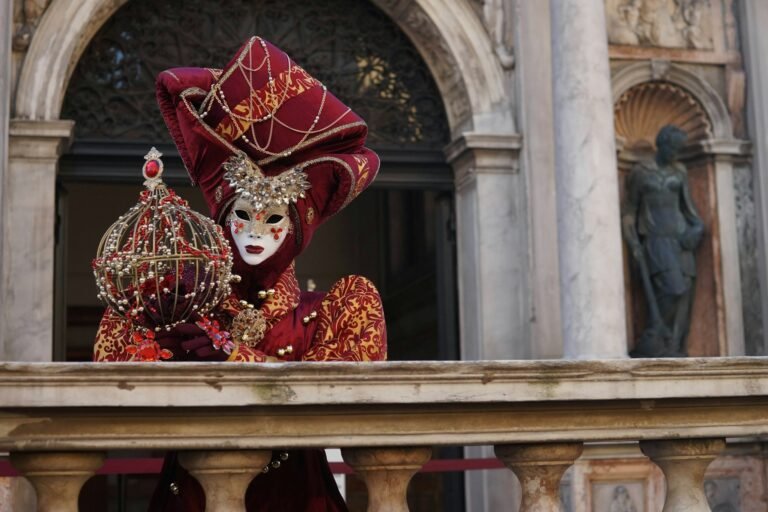Over 50 European destinations in our app.
The famous, the forgotten and the almost secret.
Uncover the Magic of Hidden Gems✨
Ever dreamed of stumbling upon places that feel like secrets whispered by the world? From ancient ruins reborn to streets alive with stories, these destinations aren’t just spots on a map — they’re moments that stay with you. I’ve handpicked five places that stole my heart, each with a story to tell. Hover over the photos to see where magic happens, and if you want more, dive into the tales below.
Want even more? My app reveals hidden treasures just a swipe away — ready to spark your next adventure.🗺️
Scroll down and let the stories unfold
🏷️ Tenerife - Canary Islands
Where volcanoes meet mojitos
Tenerife is what happens when a volcano and a beach resort fall in love. One moment you’re sunbathing on a black sand beach, the next you’re driving through a lava field straight out of a sci-fi movie. This island isn’t just about sunshine — it’s about contrasts. Sleepy whitewashed towns meet loud neon nights. Cliffside hikes meet cocktails by floating pool bars. You don’t pick a travel style here — you just switch gears.
At the center of it all, quite literally, stands El Teide — Spain’s highest peak and the island’s proudest landmark. You can ride a cable car up a volcano, which feels like cheating until you step out and realize you’re above the clouds. Not far away is Masca Gorge, which starts out like a fairy-tale path and quickly turns into one of Europe’s wildest hikes. And if you’re the kind who stares up at the night sky too long, the island’s astronomical observatory will make you feel like you’ve stepped into space. No filter needed — the stars take care of that.
Tenerife is a master of moods — you’ve got beach clubs in the south, quiet mountain villages in the north, and everything in between. Want nightlife? Head to Costa Adeje. Want silence and stars? Drive inland. It’s a place where your sunscreen and your hiking boots are equally essential, sometimes within the same day.
NEED TO KNOW
Tenerife’s weather has more moods than a soap opera — one minute you’re sweating on the beach, the next you’re driving into a misty forest. Bring layers, seriously. If you want to explore the island’s wilder corners, renting a car is your best bet — the local buses (guaguas) are charming but unpredictable. The bananas here are shorter, sweeter, and everywhere — you’ll buy one without meaning to. Up in the mountains, the sun still bites even through the clouds, so yes, sunscreen is survival gear. And if you’re heading into Masca or the national park, hiking boots are your best friend — this island doesn’t do flip-flop tourism well.
🏷️ Cracow - Poland
Hidden layers and smoky cellars
🔥 There’s way more to Cracow than what fits in one scroll. Our app knows the rooftops, the cellar doors, and the odd places that turn into memories.
Forget any idea of “grey Eastern Europe” — Cracow isn’t just colorful, it’s electric. One moment you’re standing in Europe’s largest medieval square, the next you’re slipping down stone stairs into a candlelit cellar bar. You’ll pass accordion players, street poets, and possibly someone selling smoked cheese out of a suitcase. It’s all a bit surreal — and somehow, it works.
Cracow has that rare ability to blend old soul with new edge, and not in a museum-y way. Wawel Castle looks over the river like it has nothing to prove, while dragons swirl through the local legends and student life spills out of Gothic buildings carrying bubble tea. Turn a corner and you’ll stumble into a jazz club, a milk bar, or a silent courtyard that feels like a secret. Add a plate of pierogi and a shot of frozen vodka, and suddenly time isn’t in a rush anymore — and neither are you.
Locals say the best views of the city come from rooftops you’d never guess are open to the public — which is kind of the point. Ask the app where to find them or just follow your nose at 2AM to Kazimierz and trust that zapiekanki and spontaneity will lead you somewhere worth remembering.
NEED TO KNOW
Cracow’s historic center is super walkable, but those charming cobblestones can destroy your feet if you try to look cute for too long — wear decent shoes. If you plan to visit Wieliczka Salt Mine, book in advance: tickets disappear fast, especially in English. It stays a steady 14°C (57°F) down there all year, so yes — you’ll need a jacket in July. Expect bars in basement vaults older than most countries, often serving vodka for less than your coffee. And yes, there’s an actual fire-breathing dragon statue near the castle. It’s not a metaphor — it really breathes fire.
🏷️ Cretto di Burri - Sicily
Il Grande Cretto – where art covers a ghost town
It looks like broken concrete in the middle of nowhere — and that’s exactly the point. Il Grande Cretto isn’t a ruin, it’s a memorial made of emptiness. From above, it maps out the streets of a vanished town, buried by an earthquake and frozen in silence. It’s one of the world’s largest land art pieces — and almost nobody knows it exists.
Instead of rebuilding the city of Gibellina, survivors left. Decades later, artist Alberto Burri came back not to fix what was gone, but to make loss visible. He covered the ruins with massive slabs of white concrete, leaving cracks where the streets once ran — a ghost town preserved in stone. There are no signs, no fences, no tickets. Just silence, heat, wind, and the strange feeling of walking through the shape of something that isn’t there anymore.
Burri refused to let it become a museum. He didn’t want brochures or plaques. You don’t learn about this place — you feel it. Most days, there’s no one around. Just you and the concrete. And maybe, if the wind’s right, a dog barking somewhere miles away.
NEED TO KNOW
Il Grande Cretto covers more than 85,000 square meters, making it one of the biggest land art projects ever completed — but it still feels personal. The cracks you walk through are the actual street grid of the destroyed town. It took nearly 30 years to finish, long after Burri’s death, and that delay is part of the story: this place isn’t meant to feel polished or complete. Locals call it “the great shroud” — a title that says everything without explaining anything.
🏷️ Malta
Stone, silence, and cannon fire
🗺️ Malta’s full of side-street stories and miracle moments.
We’ve got more of them mapped in the app — just follow the sun icon.
Malta may be tiny, but it’s got more drama per square meter than most continents. One minute you’re wandering sunlit alleys that whisper baroque secrets, the next you’re watching the sea shimmer below ancient fort walls. History here doesn’t sit in museums — it sunbathes with you, and sometimes fires a cannon just to remind you it’s still got flair.
Start with Valletta, where limestone streets echo with centuries of sieges, sword fights, and sunglasses. Then drift inland to Mdina, Malta’s walled city frozen in time — no cars, no chaos, just quiet stone alleys where you move either on foot or by horse-drawn carriage. And then there’s Mosta’s Rotunda, one of the largest domes in Europe, where during WWII a German bomb tore through the roof mid-service, fell among 300 people… and didn’t explode. No one was hurt. The odds were impossible. Locals still call it a miracle, and the (replica) bomb is on display if you want proof that real life sometimes outdoes fiction.
Malta wears its contradictions proudly: you’ll hear church bells echoing off fortress walls right before someone zips past on an e-scooter blasting reggaeton. The national language sounds like Arabic sung with an Italian accent — and somehow includes the phrase “mela,” which means “well…” and is used constantly. It’s the kind of place where past and present flirt openly, and nobody seems to mind.
NEED TO KNOW
Mdina is strictly pedestrian — or horse-powered, so wear comfy shoes or be ready to ride like you’re in a slow-motion medieval movie. In Mosta, the Rotunda’s dome is nearly as wide as St. Paul’s in London, and that unexploded bomb from 1942 is no urban legend — it really happened, during a packed Mass. The copy they display still rattles nerves, especially when you realize it fell straight through the roof. If you’re heading to the Blue Lagoon, expect postcard perfection — and a boat ride that’s part joy, part rollercoaster.
🕵️ Hidden Gems?
We Know Where They Are
Some places won’t make it into guidebooks – but they’re in our app. Ruin pubs in Budapest, war tunnels in Malta, a hidden rooftop in Lisbon. We will lead you there. Even mid-walk:
Look left – a forgotten Roman gate is 80 meters away
Because your trip should feel like a treasure hunt. And we’ve got the map.
🏷️ Vilnius - Lithuania
Pancakes, panoramic views and post-Soviet surprises
Vilnius doesn’t shout — it whispers. You turn a cobbled corner and suddenly you’re in a church-turned-café, being served pancakes by staff who feel like family. The kind of team that makes you smile before the food even hits the table. No grand welcome signs, no drama. Just this quiet confidence that says: “Stick around. We’ve got stories.”
The city’s a beautiful paradox — baroque domes and brutalist blocks, quiet alleys and loud ideas. Want something different? Cross the river to Užupis, a self-declared “republic” with its own flag, its own constitution (Article 16: Everyone has the right to be happy), and a president who probably plays guitar. Meanwhile, the KGB Museum takes you deep into Lithuania’s resistance past — haunting, but human. Nothing here tries too hard, and that’s the charm.
Vilnius is a place where your dinner might cost less than your coffee — and taste better. Locals will give you directions and then offer to walk you there. There’s a rotating restaurant in the TV tower, a hill named after three crosses, and a beer scene that’s suspiciously affordable. Expect a night out to last longer than planned — and maybe end with strangers becoming friends.
NEED TO KNOW
Start your day with pancakes in Primas Blynas, a quiet church café run by an inclusive team that makes you feel like a local, even if you’re clearly not. For something heavier — emotionally, not calorically — the KGB Museum is unforgettable. Want dinner with a view? The TV Tower slowly rotates above the skyline, giving you 360° of “wow” while you eat. And yes, the nightlife here is low-key and budget-friendly, which means “just one drink” is rarely the end of anything.
Trakai Castle – A fairytale fortress on an island in the middle of Lake Galvė — just 45 minutes from Vilnius. Yes, it’s as magical as it sounds.
🏷️ Matera - Italy
Cave hotels, movie sets and stories carved in stone
🪨 Not every place carved in stone feels alive. This one does.
Want more stories like this? You know where they are — waiting in the app.
Matera looks like it forgot to modernize — and honestly, good for it. One minute you’re walking through dusty alleys, the next you’re in a stone labyrinth where stairs lead nowhere, doors open into caves, and time clearly lost the plot somewhere around the 1500s. It feels ancient. Because it is.
People have lived here for thousands of years — not metaphorically, literally since the Stone Age. The Sassi, the old part of the city, is carved into the mountain itself. Until the 1950s, families lived in single cave rooms, often with no plumbing, no electricity, and sometimes… livestock. Matera was one of the poorest places in Western Europe, until Carlo Levi‘s book Christ Stopped at Eboli exposed it to the rest of Italy and sparked outrage. By 1952, the government stepped in and began relocating families. Fast forward a few decades, and now you can sleep in those very same caves — just with better lighting and Wi-Fi.
Now? It’s a UNESCO World Heritage site. Matera somehow avoided turning into a theme park. There are boutique cave hotels, yes — but also quiet corners that still feel like someone’s grandma just stepped out. The city has starred in movies from The Passion of the Christ to No Time to Die, which means yes, both Jesus and Bond have walked the same paths you will, probably with less sweating.
NEED TO KNOW
Until the 1950s, entire families lived in caves with animals, without basic sanitation or running water. That reality only changed when Carlo Levi’s book hit a nerve with the public and forced change. Today, you can sleep in a luxury cave suite, eat pasta under a stone ceiling, and still walk the same routes villagers took for generations. And if the place feels cinematic — it’s because it is. From gritty historical films to high-budget blockbusters, Matera still looks like it was built for the screen — just with fewer camera crews.
🏷️ Golden Circle - Iceland
Lava, light shows & hot water coming out of the ground
There’s a moment on the Golden Circle when you’re standing behind a waterfall, completely soaked and smiling like you lost a bet — and somehow still loving it. Ten minutes later, you’re defrosting your fingers in a hot spring. Another ten, and you’re face-to-face with a geyser that erupts like a natural popcorn machine. In between? Maybe a herd of fluffy Icelandic horses — because why not?
This isn’t your typical sightseeing loop. It’s a geothermal safari through lava fields, glaciers, and waterfalls that let you walk inside them. Steam pours out of nowhere, the sky flickers with the Northern Lights, and your GPS barely keeps up. Seljalandsfoss lets you walk behind a waterfall curtain. Gullfoss hits with that two-level cinematic power. Then there’s Strokkur, the drama queen of geysers, stealing the spotlight from its quieter sibling, Geysir. It’s chaos and silence in rotation — and it’s all less than a few hours from Reykjavik.
Iceland’s weather changes faster than your playlist. You’ll get rain, sun, wind and probably something you can’t name — in one hour. Locals call it refreshing. Also, no trees. Seriously, there are stretches where it feels like the moon if the moon had sheep. And on your way back, yes, you can stop at the Blue Lagoon, even if it’s not technically on the route. Consider it Iceland’s version of a spa day… with lava vibes.
NEED TO KNOW
Bring a raincoat — not for fashion, but for survival. You can walk behind Seljalandsfoss, which is majestic and very wet. Strokkur erupts like clockwork every 10 minutes, so even if you miss the first blast, just wait — it’s got an encore. Gullfoss is the waterfall you’ll try to describe to people later and fail, because photos still don’t do it justice. And while the Blue Lagoon isn’t “on” the Golden Circle, it’s close enough to count and definitely worth the dip before heading back to Reykjavik.
You can do the whole loop in a day, but 2–3 days gives you space to wander, detour and recover from sudden weather drama. Iceland’s like that friend who makes every second count. One minute it’s otherworldly silence, the next it’s “Holy shit, that thing just erupted.”
🏷️ Milan - Italy
The last supper, fashion & top insta spots
🍷 Milan’s not loud — it just waits for you to notice.
We’ve got the rooftops, alleys and Last Suppers mapped out in the app.
Milan might have a reputation for fashion and finance, but give it a day and it starts whispering secrets. This isn’t a city that floods you with wow the second you arrive — and that’s the beauty of it. It’s all about the details: the golden light hitting the Duomo at sunset, or the quiet thrill of realizing you can literally walk on its roof and see the Alps. Milan doesn’t show off. It just knows you’ll look closer.
Tucked right in the city center is Castello Sforzesco, a fortress packed with history, art, and yes — a Michelangelo. Not a full-blown ceiling this time, but his unfinished final sculpture, the Pietà Rondanini. It feels deeply human — raw, quiet, unexpected. Just behind the castle is Parco Sempione, where locals nap, flirt, sip espresso, or all three at once. Add the Galleria Vittorio Emanuele II, a shopping arcade that feels like a cathedral in Gucci — and you’ve got a city that mixes marble with mood like no one else.
Milan invented “aperitivo” — that beautiful moment when ordering a drink gets you free food and no one acts surprised. The Duomo took nearly six centuries to finish, which honestly makes it feel even more Italian. And yes, Leonardo da Vinci’s “Last Supper” is here, hiding in a convent like it doesn’t know it’s one of the most famous paintings in the world.
NEED TO KNOW
You can walk on the roof of the Duomo, climb the steps or take the elevator — either way, it’s worth it for the view. Inside Castello Sforzesco, don’t miss Michelangelo’s unfinished sculpture — rougher than his usual style, but somehow more intimate. The Galleria is where fashion and architecture flirt shamelessly under painted ceilings. And don’t skip aperitivo hour — order one drink, get a small buffet, and pretend this is just how your Tuesdays look.
WE KNOW THE BEST
📸 We don’t just help you explore
We help you nail the shot. Sure, you’ll catch the sunset at Bunkers del Carmel. But what about that perfect skyline view from the Duomo rooftop in Milan? Or the bold red-and-yellow stairs in Calp that pop like a Spanish flag?
From hidden murals to pastel alleyways, spiral staircases to unexpected rooftops — our app knows where the likes are hiding. And sometimes, it even taps you mid-walk: “Look left — there it is.”
🏷️ Budapest, Hungary
Where elegance crashes into chaos - And somehow it works perfectly
Some cities are beautiful. Budapest is something else — beautiful, yes, but also cracked, wild, and unforgettable. One street has ornate Austro-Hungarian façades, the next looks like it’s auditioning for a dystopian art film. Somehow, it works. It’s the kind of place where the mess is part of the magic.
Inside Parliament, you can walk into the main voting chamber — red velvet, gold trim, and the kind of silence that makes you whisper without thinking. A few blocks away, in a small side chapel of St. Stephen’s Basilica, you’ll find a mummified right hand: King Stephen’s, Hungary’s first monarch. It’s lit dramatically and enclosed in glass — a bit spooky, fully unforgettable.
But what really sticks with people? The ruin pubs. Picture an old tenement that looks like a warzone meets art school, filled with mismatched chairs, bathtubs turned into sofas, lamps from five different decades, and graffiti on everything. Somehow, it works. It’s like the city said, “let’s not rebuild — let’s throw a party instead.”
Budapest has the highest number of thermal springs of any capital in the world — and yes, you can drink beer in them. The Chain Bridge once connected the two halves of the city — and also got partially blown up in WWII. The Metro Line 1? It’s the oldest on the European continent. And don’t be surprised when a concrete square suddenly reveals the best cocktail of your life — that’s just how Budapest rolls.
NEED TO KNOW
Thermal baths are serious business here — people go for relaxation, recovery, and sometimes just to cure a hangover from the night before. The ruin bars are full of weird treasures: think bathtubs turned into sofas, vintage fridges used as DJ booths, and walls that look like the aftermath of a very creative riot. Metro Line 1 is a national treasure disguised as public transport — short, yellow, and kind of adorable. And yes, Pest is the party side — stay there unless you’re trying to reset your life in Buda.
Pro tip? SBase yourself on the Pest side. Stay out too late. Say yes to one more drink in a courtyard that feels illegal. Welcome to Budapest.
🏷️ Alicante / Benidorm - Spain
Castle vibes, beach DJs & a splash of British chaos
🏖️ Whether you’re here for the castle climbs or the karaoke chaos — we’ve mapped it all.
Check the app for calm corners, wild nights, and perfect hangover food.
Alicante feels like a city that figured out how to do slow mornings and long nights. The beach is at your feet, a castle watches from above, and the tapas keep coming until someone suggests a siesta you’ll never take. The air smells like sunscreen and grilled squid, and time moves somewhere between “mañana” and “eh, whenever.”
Then there’s Benidorm — like someone dropped Miami into the Mediterranean with extra neon. It’s loud, sunburned, unapologetically tacky… and somehow completely fun. Think karaoke at 2AM, cocktails that glow in the dark, and Levante Beach looking like a reality show backdrop you didn’t know you needed. If Alicante is all about charm, Benidorm is pure chaos in flip-flops. Both work. Just depends on your mood (and hangover level).
Alicante’s old town, El Barrio, turns gold at sunset — whitewashed houses, colorful shutters, fairy lights and cats that look like they own the place. The Explanada is basically a mosaic runway for strolling with gelato. And Elche Palm Grove, just outside the city, is a literal palm labyrinth — largest in Europe, apparently designed to lose tourists slowly.
NEED TO KNOW
Climb up to Santa Bárbara Castle (or take the lift — we don’t judge) for panoramic views of the Med that honestly make you forget your own name. The Explanada is where locals walk slow and proud — polished marble underfoot, sea breeze above. Levante Beach in Benidorm is wild in the best way: part party, part people-watching circus. And if you’ve got time, the Elche Palm Grove is worth the short trip — thousands of date palms, filtered light, and the kind of peace you didn’t know you were missing.
🏷️ London - UK
Weekend is just not enough
It’s massive. It’s mad. It’s magnetic. One minute you’re sipping flat white in Shoreditch, the next you’re speed-walking past Big Ben like it’s just some clock. London doesn’t introduce itself politely — it crashes into you. A mash-up of centuries-old grandeur, brutalism, odd museums, curry better than in Delhi, and vibes you can’t explain. You’re not here to tick things off — you’re here for the feeling.
This isn’t sightseeing — it’s sensory overload. You’ll walk past Shakespeare’s Globe and a shop selling nothing but rubber ducks in the same hour. You’ll find free museums with Rosetta Stones and dinosaur skeletons, and green parks that feel like escape portals. Want silence? Try Postman’s Park. Want noise? Soho’s got that covered. London doesn’t ask what you’re looking for. It just dares you to keep up.
Greenwich has its own time zone. Literally. You can stand on the line where East meets West. There’s a spot at Battersea Power Station where you can ride a glass lift through a chimney. And the Barbican? Brutalist wonderland or concrete nightmare — depending who you ask. Either way, it makes an impression.
NEED TO KNOW
British museums are free, and not in the “technically” way — they’re genuinely open to all, from the Rosetta Stone to a full-sized blue whale. Greenwich mixes poetry and science — observatories, boats, and time itself. The Barbican is where concrete gets philosophical: wild acoustics, quiet corners, and performances that make you forget what decade you’re in. And yes, at Battersea Power Station, you can actually take a glass lift up the old smokestack — because of course London put an elevator in a chimney.
Want skyline views without paying £19 for a cocktail? The Sky Garden is free — just book a slot in advance and enjoy the plants, the air, and a breeze that smells like opportunity.
🏷️ Paris - France
Croissants, catacombs & accordion players
🧺 Looking for the Paris that’s not on the fridge magnet?
We’ve got it. The rooftops, the rats, the romance — all mapped in the app.
You think you know Paris. You’ve seen the Eiffel Tower a thousand times — on postcards, fridge magnets, movie posters. But once you land, something shifts. The city isn’t just beautiful — it’s alive, unpredictable, and somehow always two steps ahead of you. One second you’re walking past something iconic, the next you’re sipping espresso next to a dog in a beret. It’s cliché. It’s perfect.
This isn’t about ticking landmarks off a list — it’s about the in-between moments. Like when you sit on the steps of Montmartre, only to realize you’ve been listening to a guy playing La Vie en Rose on the accordion for an hour. Or when you find yourself wandering a hidden alley and end up in a café full of velvet chairs and strangers writing poetry. Paris doesn’t try to impress you. It just exists — beautifully, stubbornly, and with a flair that says “take it or leave it.” You’ll take it.
The Galeries Lafayette rooftop has one of the best free views in town — no ticket, no queue, just sky. There are covered passages full of dusty bookshops and toy stores that look frozen in time. The catacombs house six million Parisians — and feel oddly peaceful. And somewhere in Montmartre, there’s a tiny shop that sells vintage rat traps. You read that right. It even inspired a scene in Ratatouille.
NEED TO KNOW
Want a skyline view without the crowd? Go for the Galeries Lafayette rooftop — free, open-air, and wildly underrated. The covered passages feel like time capsules with bookshops, toy stores, and cafes frozen in velvet and dust. Down below, the catacombs hold six million stories — it’s more peaceful than creepy. And in Montmartre, the Wall of Love brings together over 300 languages — and yeah, it still manages to hit you right in the feels.
NEWSLETTER
📬 Wanna travel smarter?
Sign up to our newsletter. It’s different. It’s like that local friend who always knows a shortcut, a rooftop bar, or a beach with zero people and perfect snacks.
We send it twice a month. No fluff. Just the good stuff.
Stay up to date with our latest news, tips, and updates
Your email is save with us, we don’t spam.
What you’ll actually get:
📍New places we’ve added to the app – before anyone else
💡Tips from locals and travelers who don’t follow the herd
🗺️Secret spots, weird facts, and “you have to look left now” moments
🌟Trip ideas that make Monday feel a little less Monday
Sound good?
Drop your email. We’ll do the rest.
🏷️ Belfast - NI
Shipwreck stories, murals that shout & mythic rocks
Belfast is a city that’s seen things. It built the Titanic, lived through conflict, and still pours a perfect pint with a side of dry wit. You feel the history in the bricks, but the energy is very much now — buzzing, bold, and totally unfiltered. It’s not polished, and that’s exactly why it works.
Start with Titanic Belfast, but don’t call it a museum — it’s more like a theme park for feelings. You ride through shipyards in a suspended cart, get blasted with heat and sound, and end up face to face with a full-scale reconstruction of the ship’s profile. After that? Head to the Cathedral Quarter, where murals speak louder than marketing slogans, and every corner bar has both a story and a Guinness tap. Still have time? Head north to the Giant’s Causeway, where it looks like Irish mythology dropped a level design from a fantasy game straight into the Atlantic.
Belfast’s Peace Walls once divided communities — now they’re covered in graffiti, signatures, and spontaneous poetry. The city’s Black Cab Tours are run by locals who don’t sugarcoat anything — and that’s the point. Crumlin Road Gaol, a former prison turned attraction, still has its original execution chamber (yes, really). And for something lighter, go mural-spotting and count how many feature Van Morrison.
NEED TO KNOW
Titanic Belfast is immersive, not passive — from the suspended cart ride through shipyards to the steel-and-sound drama of the exhibit itself. In the Cathedral Quarter, pubs double as galleries, with murals and live music on tap. The Peace Walls tell stories of division — and resilience — better than any history book. Crumlin Road Gaol is part museum, part haunted house, part uncomfortable reminder. And yes, the city gets even more interesting after dark.
Smart tip: Download the free Visit Belfast app. It’s packed with self-guided audio walks — political murals, pub legends, and historic backstreets, no pricey tour guide required
🏷️ Liverpool - UK
Cathedrals, Cavern Clubs & conversations with strangers
🎸 Liverpool’s not a playlist — it’s a live gig.
We’ve mapped the rooftops, riffs, and real stories in the app. All you have to do is press play.
This city moves. The rhythm’s in the accent, the footsteps, the way bartenders talk to you like you’ve been coming for years. You’ll leave Liverpool with a story, a selfie, and probably a playlist of Beatles songs you’d forgotten you knew. It’s gritty, golden, and full of surprises you didn’t plan for — but won’t want to miss. Start with the Anglican Cathedral, the longest cathedral in the world, towering over the skyline like it’s watching history unfold. Then follow the docks — once fuel for the empire, now full of art, street food and that salty wind off the Mersey. Don’t miss the Royal Liver Building rooftop tour: it’s panoramic, windy, and way cooler than any overpriced observation deck. And of course, the Beatles — but not just the polished museum version. They happened here. You’ll feel it in the walls.
Albert Dock is full of museums, street performers and river breeze — come for the Tate, stay for the sunsets. Nightlife? Bold Street, warehouse parties, and clubs with more sweat than lighting. The Cavern Club still feels like someone might hop on stage and blow your mind. And yes, Liverpool has two cathedrals — one looks like Gotham City, the other like a spaceship. Pick your religion.
NEED TO KNOW
The Anglican Cathedral is enormous, dramatic, and climbable — the views are as epic as the structure. Albert Dock is the city’s heart with museums, Tate Liverpool, and plenty of places to accidentally stay too long. The Cavern Club and Magical Mystery Tour are touristy, yes, but worth it if you want to chase the echo of Lennon’s voice. And nightlife here? It goes hard. Start on Bold Street, end up wherever the music pulls you.
🏷️ Istanbul - Türkiye
Mosques, cats & calm under chaos
You don’t visit Istanbul. You descend into it — layer by layer. It’s not just east-meets-west, it’s empire-meets-simulation. You’re sipping tea next to a Roman aqueduct while listening to TikTok remixes echo from a street food cart. There’s Wi-Fi in 1,500-year-old buildings and stray cats with more followers than influencers. If cities had alternate dimensions, Istanbul would be one.
Underneath the noise, kebabs and minaret silhouettes, there’s something older — something weirdly still. Enter the Basilica Cistern, and everything changes. It’s like you tripped into the opening scene of a fantasy film. Dim lights. Cold air. Water reflecting upside-down columns. The two Medusa heads just sit there, half-buried and sideways, like cursed leftovers from a myth no one remembers. No signage. No explanation. Just you, the echo, and something that feels strangely alive.
The cistern has 336 columns, and a lot of them were nicked (sorry, “repurposed”) from Roman temples — because why carve new ones when there’s a half-destroyed empire next door? Some are mismatched, others carved with floral spirals, and one is known as the “peacock” but no one really knows why. Also: Dan Brown’s Inferno was filmed here, which is probably the least mysterious thing about it.
NEED TO KNOW
The Basilica Cistern is right in the historic center but feels like it’s on a different timeline. You’ll need a ticket and a jacket — it’s surprisingly cold down there. Look out for ancient public water taps nearby — Istanbulites still use them without blinking. And yes, the cats aren’t just cute — they’re municipal celebrities, with some buried with full honors (seriously — Google “Tombili statue”).
Want to cross continents for the price of a simit? Take the ferry to Kadıköy. Same Bosphorus, less crowd, and way more pickled vegetables and vinyl record shops.
🏷️ Prague - Czech Republic
Bridges, brews & Bohemian charm
🍺 From historic bridges to world-class brews, Prague offers a blend of storybook charm and bold flavor.
We’ve got the good stuff mapped — you just have to wander into it.
Prague is a city where fairy tales come to life. With its cobblestone streets, majestic castles, and a river that reflects centuries of history, it’s a place that captures the imagination. Whether you’re sipping a cold pilsner in a historic pub or strolling across a bridge adorned with statues, Prague invites you to step into its story.
Begin your journey at the iconic Charles Bridge, a 14th-century stone bridge adorned with baroque statues and steeped in history. As you cross the Vltava River, you’ll be treated to stunning views of the city and the majestic Prague Castle perched on the hill. No visit to Prague is complete without indulging in its renowned beer culture. The Czech Republic boasts the highest beer consumption per capita globally, and Prague offers a plethora of historic pubs and breweries to sample the local brews.
Speaking of the castle, did you know that Prague Castle is the largest ancient castle complex in the world? Within its walls, you’ll find the St. Vitus Cathedral, a masterpiece of Gothic architecture, and the Old Royal Palace, which has witnessed centuries of Czech history.
NEED TO KNOW
The Charles Bridge, built in 1357, wasn’t just a pretty passage — it was Prague’s only bridge across the Vltava for nearly 500 years. That kind of patience gives you character. And speaking of character, Prague Castle has served kings, emperors, and presidents for over a millennium — it’s basically Czech royalty with staying power. Down in the Old Town Square, the Astronomical Clock has been ticking since the 15th century, offering hourly shows that blend medieval mechanics with a hint of mysticism. Just around the corner, you’ll find neighborhoods like Malá Strana, where narrow alleys open onto surprise gardens and quiet cafés. And if you climb either the Old Town Hall Tower or the Petřín Lookout, Prague lays itself out in red roofs and green domes like a baroque puzzle from above.
Prague rewards slow exploration. The city’s trams are charming, cheap, and surprisingly efficient, but if you’re looking for a quiet escape, head to Letná Park. It’s where locals go for sweeping views over the bridges of the Vltava, away from the tourist buzz. Bonus: there’s a giant metronome where a statue of Stalin used to stand. Prague, never boring.
If you’ve scrolled this far, You’re probably hungry
Our smart travel planner doesn’t just help you pick places to see – it also points you to the spots worth sitting down at.
From local legends to hidden foodie gems, we’ll help you skip the tourist traps and eat like someone who actually knows the city.
No more random guesses. No more overpriced disappointments. Just great food, built into your trip.
🏷️ Lisbon - Portugal
Trams, tunes & tales of the sea
Lisbon is a city where history and modernity dance together on cobblestone streets. With its iconic yellow trams, soulful Fado music, and rich maritime heritage, it’s a place that invites you to explore its vibrant neighborhoods, savor its culinary delights, and immerse yourself in its unique charm.
Begin your journey with a ride on the historic Tram 28, which winds its way through Lisbon’s most picturesque districts, including Alfama and Graça. As you traverse the city’s hills, you’ll pass by the Lisbon Cathedral (Sé de Lisboa), the oldest church in the city, dating back to the 12th century. For a taste of Portugal’s seafaring past, visit the Monument to the Discoveries in Belém, commemorating the explorers who set sail from Lisbon’s shores. Nearby, the Jerónimos Monastery stands as a masterpiece of Manueline architecture and a UNESCO World Heritage site. In the evening, immerse yourself in the melancholic melodies of Fado, Portugal’s traditional music genre. Head to a local Fado house in Alfama or Bairro Alto to experience heartfelt performances that capture the essence of Portuguese soul.
Lisbon is home to a vibrant street art scene, with artists like Bordalo II creating stunning installations from recycled materials. The city’s connection to exploration is profound; Christopher Columbus spent time in Lisbon, honing his navigational skills before his voyages to the New World.
NEED TO KNOW
Lisbon’s hilly terrain is best navigated by its iconic trams or on foot, allowing you to discover hidden gems around every corner. The Lisbon Cathedral offers panoramic views from its high choir, providing a unique perspective of the city’s skyline. For a modern twist, explore the LX Factory, a hub of creativity housed in a former industrial complex, featuring shops, restaurants, and art spaces.
While public transport is efficient, consider renting a scooter to zip through Lisbon’s narrow streets and steep hills with ease. It’s a convenient way to explore neighborhoods like Alfama, Bairro Alto, and Belém at your own pace.
🏷️ Malaga - Spain
Unfinished cathedral, fortress climbs & churros worth sweating for
🧱 Malaga’s all about hidden layers, rooftops, and snacks with a backstory.
The app knows where to climb, where to snack, and where to say “wow” out loud.
Yes, there’s sun. Yes, there’s a beach. But Malaga isn’t here to be just another Costa del Something. It’s got quirks. Like a cathedral that never bothered to finish one of its towers (La Manquita, aka “the little one-armed lady”) and a Picasso Museum that quietly reminds you the guy was born here. It’s where Roman ruins share sidewalks with tapas bars, and churros come with chocolate so thick it defies physics. This city sneaks up on you — then feeds you.
Take the rooftop walk of the cathedral — not for the cardio, but for the cracked bricks and perfect rooftop chaos. It’s all up there: the sea, the skyline, a dozen rooftops in warm terracotta tones like an architectural tapas plate. Then walk it off through the port area, where fishing boats bob next to luxury yachts, or climb (yes, climb) up to the Gibralfaro Fortress, which looks down on the city like it’s judging your shoe choice. If the heat slows you down, there’s always the shade of the Alcazaba, which casually hides a Roman theatre like it’s no big deal. Malaga flexes — quietly, but it flexes.
You might know that Picasso was born in Malaga — but what’s less known is that he only stuck around for ten years before heading off to chase greatness elsewhere. Still, the city wears his legacy with pride, especially in the museum just off the charming old town streets. The cathedral’s missing tower wasn’t a design choice — legend has it, the budget got redirected to fund a road to Antequera. Whether that’s true or just a classic case of Andalusian storytelling, no one seems to mind. Down by the Roman theatre, there’s a quiet café where you can sip espresso with a view of two millennia layered in stone. And if you think churros are the same everywhere — wait until you try Malaga’s version: thick, no-nonsense sticks made for dipping into molten chocolate so rich it practically counts as currency.
NEED TO KNOW
La Manquita is Malaga’s unfinished masterpiece — one tower, zero regrets, and all the charm. Climb up to Gibralfaro and you’ll earn some of the best views in Andalucía (and possibly a cramp). Alcazaba and the Roman theatre below it are like a two-for-one history combo — 1,000-year-old walls layered with Roman drama. The food? Tapas are strong, seafood’s fresh, and the churros? They’re basically a religious experience served with molten chocolate in a cup.
🏷️ Amsterdam - Netherlands
Bridges, bikes & a city that floats on charm
Amsterdam isn’t just a city; it’s a living postcard. With its winding canals, historic houses, and a bike population that outnumbers humans, it’s a place where every corner tells a story. Whether you’re cruising on two wheels or two feet, Amsterdam invites you to explore its unique blend of old-world charm and modern vibrancy.
Start your journey with a morning stroll through the Nine Streets (De 9 Straatjes), where boutique shops and cozy cafés line the canals. For a deeper dive into history, visit the Anne Frank House, a poignant reminder of resilience. Art enthusiasts shouldn’t miss the Rijksmuseum, home to masterpieces by Rembrandt and Vermeer, and the Van Gogh Museum, showcasing the artist’s vivid works. For a different perspective, hop on a canal cruise. Early morning rides offer serene views of the city waking up, while evening cruises showcase Amsterdam’s illuminated bridges and lively waterfronts. If you’re feeling adventurous, rent a bike and explore Vondelpark, the city’s green heart, or venture to the A’DAM Lookout for panoramic views and Europe’s highest swing.
Did you know Amsterdam has more canals than Venice? With over 100 kilometers of waterways and 1,500 bridges, it’s no wonder the city is dubbed the “Venice of the North.” The city’s love affair with bikes is evident—there are about 1.2 million bicycles for its 821,000 residents. And if you’re a feline fan, don’t miss the Poezenboot, a floating cat sanctuary on a houseboat.
NEED TO KNOW
Amsterdam’s compact layout makes it ideal for walking and cycling. However, be cautious of the dedicated bike lanes—they’re not pedestrian zones. Public transport is efficient, but for a local experience, consider renting a bike. Many attractions, like the Anne Frank House, require advance booking, so plan ahead. For a taste of local life, explore neighborhoods like De Pijp and Jordaan, where you’ll find eclectic eateries, markets, and a vibrant atmosphere.
While the metro and trams are convenient, the fastest way to navigate Amsterdam is by bike. Numerous rental services offer pay-per-minute options, giving you the freedom to explore at your own pace and discover hidden gems off the beaten path.
🏷️ Rome - Italy
Wasn’t built in a day, but you’ll fall for it in minutes
🏛️ Rome isn’t a city. It’s a layered legend.
We’ve charted the shortcuts, surprises, and the stuff most tourists miss — all in the app.
Rome doesn’t need to convince you — it just exists, and you come running. It’s got more history per cobblestone than most countries, and it flaunts it without shame. One moment you’re dodging Vespas, the next you’re staring at a 2,000-year-old temple, wondering if that gladiator posing for photos actually has a gym membership. Spoiler: he doesn’t, but the abs are real. Rome is chaos with a soundtrack, and somehow, it works.
Start at the Colosseum, and don’t just stand outside — get the ticket that takes you underneath the arena and all the way to the upper tiers. You’ll save time (and probably money) if you get the combo with the Roman Forum — a short walk, a big history leap. Want more altitude? Climb Palatine Hill. Want more theology? Head to the Vatican, where art meets selfie sticks. But wait — Rome still has surprises. The Pantheon’s dome has a literal hole in it, open to the sky with no glass, no cover, just a perfect circle raining on your metaphysical awakening. Toss a coin into the Trevi Fountain to guarantee your return. Most people do it. The smart ones come back for the gelato.
You’ll see legionnaires scattered around major monuments — not actual Roman soldiers, but dudes in sandals who take their role way too seriously. There’s also a real Egyptian-style pyramid near Piramide metro station — because Rome doesn’t do “just one civilization at a time.” If you’re into movie moments, follow the trail of Angels & Demons and see if you recognize any secret passageways. Bonus: there’s a gelato place near the Spanish Steps that might actually be divine intervention in cone form. And don’t underestimate the power of an early morning walk — that’s when Rome whispers instead of shouting.
NEED TO KNOW
If you’re visiting the Vatican Museums, plan ahead — they’re closed every Sunday except the last one of the month, when entrance is free (and the crowds show up in biblical proportions). Rome is also home to over 1,500 fountains — more than any city in the world — and many of them double as public drinking fountains. Keep an eye out for the small cast-iron spouts called nasoni, perfect for a refill on the go. Don’t underestimate the city’s churches either — beyond the Vatican, some hide true masterpieces, including a few Caravaggios just casually hanging near side altars. And if you’re thinking of hitting multiple major sights, look into the Roma Pass. It not only cuts down on costs, but also includes public transport and helps you skip some of the longer lines — which, in Rome, is practically a miracle.
We know a route that skips the entire line to St. Peter’s Basilica — and throws in a few secret sights along the way. Also, the best gelato in town? Yeah, we’ve mapped that too. You’re welcome.
Our App is Solo Travel Friendly
Packed with special features to make solo adventures safer, easier and more fun.
HERE’S WHY YOU’LL LOVE IT
- Safe cities and welcoming locals
- Beautiful mountains, lakes, and beaches
- Tons of attractions and hidden gems
- Delicious food (hello, pierogi!)
- Affordable and easy to get around
💡And guess what?
All these spots are waiting for you in our app. Download now and start planning your next adventure – your way.
🏷️ Berlin - Germany
Walls, wonders & weekend-long beats
Berlin is a city where history and modernity collide in the most captivating ways. From remnants of the Berlin Wall to cutting-edge art installations, it’s a place that wears its past and future with equal pride. Whether you’re exploring historic landmarks or dancing until dawn, Berlin invites you to experience its unique rhythm.
Start your journey at the Berlin Wall, where stretches of graffiti-covered concrete stand as a testament to the city’s tumultuous history. The East Side Gallery offers a vivid canvas of political expression and artistic freedom. Nearby, Checkpoint Charlie serves as a poignant reminder of the Cold War era, once the most famous crossing point between East and West Berlin. Architecture enthusiasts will appreciate the stark contrasts between the city’s former East and West, evident in the differing styles of buildings and urban planning. Elevate your perspective by ascending the Berlin Cathedral’s dome or taking a ride up the TV Tower at Alexanderplatz, offering panoramic views of the sprawling cityscape. Don’t miss the chance to tour the Reichstag Building, where modern glass architecture meets historical significance, symbolizing Germany’s reunification.
For a deep dive into ancient history, visit the Pergamon Museum, home to the monumental Market Gate of Miletus, a 17-meter-high, 29-meter-width Roman structure reconstructed piece by piece – the biggest museum object in the world.
NEED TO KNOW
Berlin’s nightlife is legendary, with clubs like Berghain and KitKatClub offering immersive experiences that blur the lines between music, art, and freedom of expression. The city’s techno scene is so influential that in 2024, it was recognized by UNESCO as part of Germany’s intangible cultural heritage. For a more laid-back evening, explore the bars and cafes in neighborhoods like Kreuzberg and Friedrichshain, where the city’s creative spirit thrives. Remember, Berlin’s public transportation is efficient and runs late into the night, making it easy to hop between districts and discover hidden gems.
While Berlin’s public transport is reliable, consider renting a bicycle to navigate the city’s extensive network of bike lanes. It’s an eco-friendly and flexible way to explore, allowing you to uncover lesser-known spots at your own pace.
🏷️ Barcelona - Spain
Dragons, domes & daylight that melts the stone
🐉 There’s a Gaudí curve, a beach breeze, and a hidden mural waiting for you.
We’ve got the map. You just have to show up and follow the weird tiles.
Barcelona is what happens when an architect takes a hit of inspiration and doesn’t stop for 40 years. The result? Buildings that melt, twist, shimmer and hum — sometimes all at once. It’s a city full of movement, whether it’s the swirl of a Gaudí spiral staircase or the light shifting through the stained glass of Sagrada Família. One moment you’re at the beach, the next you’re looking up at a rooftop that looks like it was designed for a sleeping dragon. And somehow, it all feels like it belongs.
Start with Sagrada Família, but don’t just walk past it — go in, and go late. As the sun sets, the west-facing windows explode in oranges, reds and deep golds, while the eastern side glows in cool shades of blue and green, like someone snuck a piece of the aurora borealis into the walls. You can take the lift up one of the towers for a view that makes the cranes seem like part of the skyline. Then follow Gaudí’s trail to Casa Batlló, where the roof scales shimmer like a fantasy creature sunbathing, and Casa Milà, which turns into an open-air dreamscape at night, complete with sound, light and skyline. Still want more? There’s a park filled with curved tiles, gingerbread arches, and Instagram bait in every corner. You know the one.
Gaudí is everywhere, but not always where you expect. Some rooftops in this city look like coral reefs, others like something from a science fiction dream. One of the best views of Barcelona is totally free, but there’s no big sign pointing to it. The same goes for the best beef in the city, just three minutes from the beach, and a series of street murals tucked into backstreets most tourists miss. Quiet corners, bold colors, and surprises — all mapped in the app.
NEED TO KNOW
Sagrada Família at sunset is an experience, not a photo op — the glass turns into color you can feel. Head up one of the towers for a skyline that looks like it was half-designed, half-improvised. Barceloneta Beach is more than sunbathers — you’ll spot surfers, drummers, and coconut vendors who don’t take no for an answer. For a change of perspective, jump on the Montjuïc cable car and float above the city on your way to the hilltop castle. And if football is your thing, the legendary Camp Nou is right there — huge, historic, and still echoing with goals past.
The metro’s fine. But the fastest way to explore Barcelona? A pay-per-minute scooter — zip through alleys, chase sunsets, and leave the timetables behind.
🏷️ Venice - Italy
Boats, basilicas & barefoot adventures
Venice is a city where streets are made of water, cars are replaced by boats, and getting lost is part of the charm. It’s a place where history floats alongside modern life, and every corner offers a picturesque view. Whether you’re navigating narrow canals or sipping espresso in a sunlit piazza, Venice invites you to embrace its unique rhythm.
Begin your journey at St. Mark’s Square, the city’s grand central hub. Here, you’ll find the stunning St. Mark’s Basilica, a masterpiece of Byzantine architecture adorned with golden mosaics. Just steps away is the Doge’s Palace, once the seat of Venetian power, now a museum showcasing the city’s rich history. Wander along the Grand Canal, Venice’s main thoroughfare, lined with Renaissance and Gothic palaces. Cross the iconic Rialto Bridge for a bustling market experience, or glide beneath it on a gondola for that quintessential Venetian moment.
For panoramic views, ascend the Campanile di San Marco, the bell tower offering sweeping vistas of the city’s red rooftops and shimmering lagoons. Alternatively, the Fondaco dei Tedeschi provides a modern rooftop terrace with equally breathtaking sights.
NEED TO KNOW
Venice’s unique geography means it’s prone to acqua alta, or high tides, especially between autumn and spring. During these times, St. Mark’s Square often floods, transforming into a shallow lagoon. Locals and tourists alike don rubber boots or navigate raised walkways, turning the inconvenience into a memorable experience. The city has implemented measures like the MOSE project, a system of mobile barriers designed to protect against flooding. Additionally, transparent glass barriers have been installed around St. Mark’s Basilica to shield it from water damage.
Embrace the local mode of transport by hopping on a vaporetto, Venice’s water bus system. It’s an efficient and scenic way to traverse the city’s canals, offering a unique perspective of the architecture and daily life. For a more intimate experience, consider a traghetto ride—a short gondola ferry crossing the Grand Canal at various points.
That's it for now... but not forever
CityBreakHub – App & Web – Everything you need. All in one place. Ready to travel smarter?
Download the app and explore your next solo adventure — your way.



